


We’ve got you. To make the Playful Fall Salad featured on the cover (page 12) or just enjoy the seeds on their own, check out our pomegranate seeding tips on page 17.
Photos by Tami Chu




We’ve got you. To make the Playful Fall Salad featured on the cover (page 12) or just enjoy the seeds on their own, check out our pomegranate seeding tips on page 17.
Photos by Tami Chu
Iwas in the mood to celebrate, but not to drink. So I asked the bartender at the popular jazz club what zero-alcohol cocktails they could make, since I didn’t see any on the menu. He looked at me sheepishly. They only had fruit juice, but he could mix the juices if I was interested. No, thanks. Dejected, I opted for sparkling water. As I sipped the boring bubbly water, my husband gushed about his Old Fashioned, saying it was the best he’d had in a long time.
Everyone at the club was swaying to the music, engaged in the experience. While the club excelled in its musical taste, they had missed the opportunity to entertain customers who were avoiding alcohol for its impact on physical or mental health or just to skip the hangover.
There are more and more people like me who have made a conscious decision to “drink” without worrying about getting drunk. In 2022, sales of non-alcoholic beer, wine and spirits accounted for less than half of 1% of total alcohol sales in the U.S., according to the NielsenIQ website. While still tiny, the percentage had increased over the prior five years. “Between August 2021 and August 2022, total dollar sales of non-alcoholic drinks in the U.S. stood at $395 million, showing a year-on-year growth of +20.6%.”
With the growing availability of zero-alcohol cocktails, you can be the designated driver without feeling left out (or that you have to settle for sparking water). And these cocktails are something to enjoy at home, too. You may find yourself reaching for our recipes (starting on page 22) again and again. This holiday season, consider adding a zero-alcohol option at your dinners. You might be surprised at the number of takers.
I’m not a teetotaler and am not against drinking alcohol. Not at all. It’s all about options—and drinking responsibly. Remember that, if needed, Uber and Lyft can be your driver.
Let’s all raise a toast to fall.

Sarene Wallace Managing Editor
AOUR MISSION: Currently in its second year, Edible San Fernando Valley was founded to document and bring to life the interest in farm-to-table, organic and natural foods, and to acknowledge the people and communities who feed and sustain us. We want to inspire readers to support and celebrate the growers, producers, chefs, food and beverage artisans and other food professionals in our community.
t this writing, as I prepare to send this issue to press, the full extent of the devastation caused by Hurricane Helene across several Eastern states is being revealed. As we have been contacting family and friends who live in or near the affected areas to make sure they are safe, we are again reminded that although we focus nearly all of our efforts here at Edible San Fernando Valley on telling the local stories, we are still a global community, with influences from the world over.
You can even see it all over the pages of this issue. Mocktails, or “Un-tipsy Cocktails,” have a murky history, but it is entirely possible that a focus on alcohol-free beverages began in the 19th century with a family from Ireland who started a “temperance bar” in the UK. Pomegranates, our food of focus this season, are native to the Middle East. There is a personal essay on page 26 about the influence of travel on the author’s choice of food, and one of our gorgeous profile stories is about a transplant-turned-local originally from Kabardino-Balkaria—a republic of Russia near the Georgia border (page 4).
As we head toward the holidays, would you commit with me to remembering and supporting those both inside and outside of our local community who will be recovering for years to come?
With care,

Tami Chu Publisher
Some charities that are doing good supportive work after catastrophes:
• World Central Kitchen: Donate.WCK.org
• Second Harvest Food Bank of Northwest North Carolina: SecondHarvestNWNC.org
• All Hands and Hearts Smart Response: AllHandsAndHearts.org. Find these and more at CharityNavigator.org and GoFundMe.com.
San Fernando Valley
publisher, editor in chief
Tami Chu
managing editor
Sarene Wallace
copy editor
Doug Adrianson
design
Cheryl Angelina Koehler
contributors
Christina Berke
Katy Bowman
Adriel Chu
Ramiah Chu
Tami Chu
Aja Goare
Marcus Hollingsworth
Brenda Rees
Samantha Sirota
Sarene Wallace
sales
Mary DiCesare mary@edibleventuracounty.com
subscriptions
EdibleSanFernandoValley.com info@ediblesfvalley.com
contact us
Edible San Fernando Valley 2470 Stearns St. #142 Simi Valley, CA 93063
805-622-9355 info@ediblesfvalley.com
Edible San Fernando Valley is published seasonally, four times a year. We are an advertising- and subscriber-supported publication, locally and independently owned and operated and a member of Edible Communities, Inc. Distribution is throughout the San Fernando Valley, Santa Clarita Valley and Pasadena and by subscription for $29 per year. Every effort is made to avoid errors, misspellings and omissions. If, however, an error comes to your attention, please accept our sincere apologies and let us know. No part of this publication may be used without written permission of the publisher. © 2024. All rights reserved.







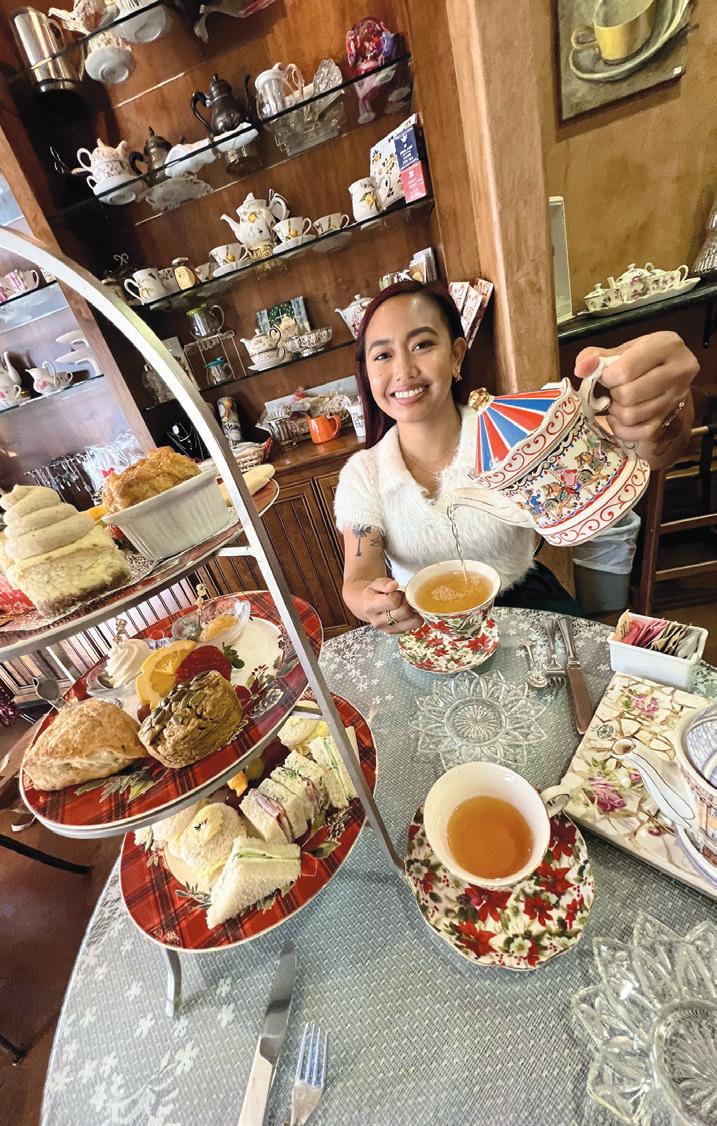
In Camarillo, just up the 101, “delicious” is always in season. Whether you swing by for a day trip or book a weekend stay, these Camarillo eateries are serving up holiday flavors well worth the visit!
All Things Tea: Enjoy a delightful Christmas Time Tea at this local tearoom, complete with holiday china and festive decor. Tealiteful.com
Café Ficelle: This family-owned specialty café offers seasonal lattes to go with their house-made chef-designed pastries, breads and locally sourced breakfast favorites. CafeFicelle.com
Camarillo Cupcake: This cupcakery serves up traditional, plant-based and wheatfree options to satisfy all holiday cravings. CamarilloCupcake.com
Lure Fish House: Seasonally focused, family-owned and serving dishes using local organic produce, Lure will bring the freshness of the sea right to you. LureFishHouse.com
Camarillo Farmers’ Market: Open Saturdays, 8am–noon in Old Town Camarillo, the market offers farm-fresh produce, locally made sausages and delicious baked holiday treats. CamarilloFarmersMarket.com
Old New York Deli: This “home of the homemade” fast casual deli offers organic coffee, daily scratch-made bagels and dishes made as local and fresh as possible. OldNewYork.com
Rori’s Artisanal Creamery: It’s always ice cream season at Rori’s, where your new favorite ice cream combo is always grass-fed, locally sourced and inventive. RorisArtisanalCreamery.com
SLATE Steak, Sushi & Cocktails: No matter what the season, when it is time for a classy dinner, Slate Bistro has it covered with seasonal and locally inspired cocktails and surf and turf–focused dishes. TheSlateBistro.com
Tree Lounge Coffee: Located in Old Town Camarillo, Tree Lounge offers a sensory
experience of art, community and locally roasted single-origin seasonally inspired coffee. TreeLoungeCoffee.com
Twenty88: Celebrate harvest season in style with this hip restaurant’s butternut squash ravioli. Twenty88.com
Camarillo Barrel Works: For a true taste of local, stop in and taste wine, beer and brandy made on-site with a view of family owned farmlands just across the street. CamarilloBarrelWorks.com
Spencer Makenzie’s: Voted best fish tacos in Ventura County for 13 years in a row, this family-owned joint serves local fish as the seasonal choice all year long. Use online ordering to skip the lines! SpencerMakenzies.com
Start your taste of Camarillo at VisitCamarillo.com.
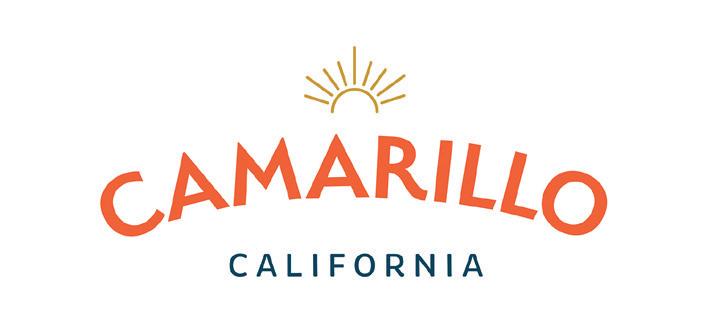
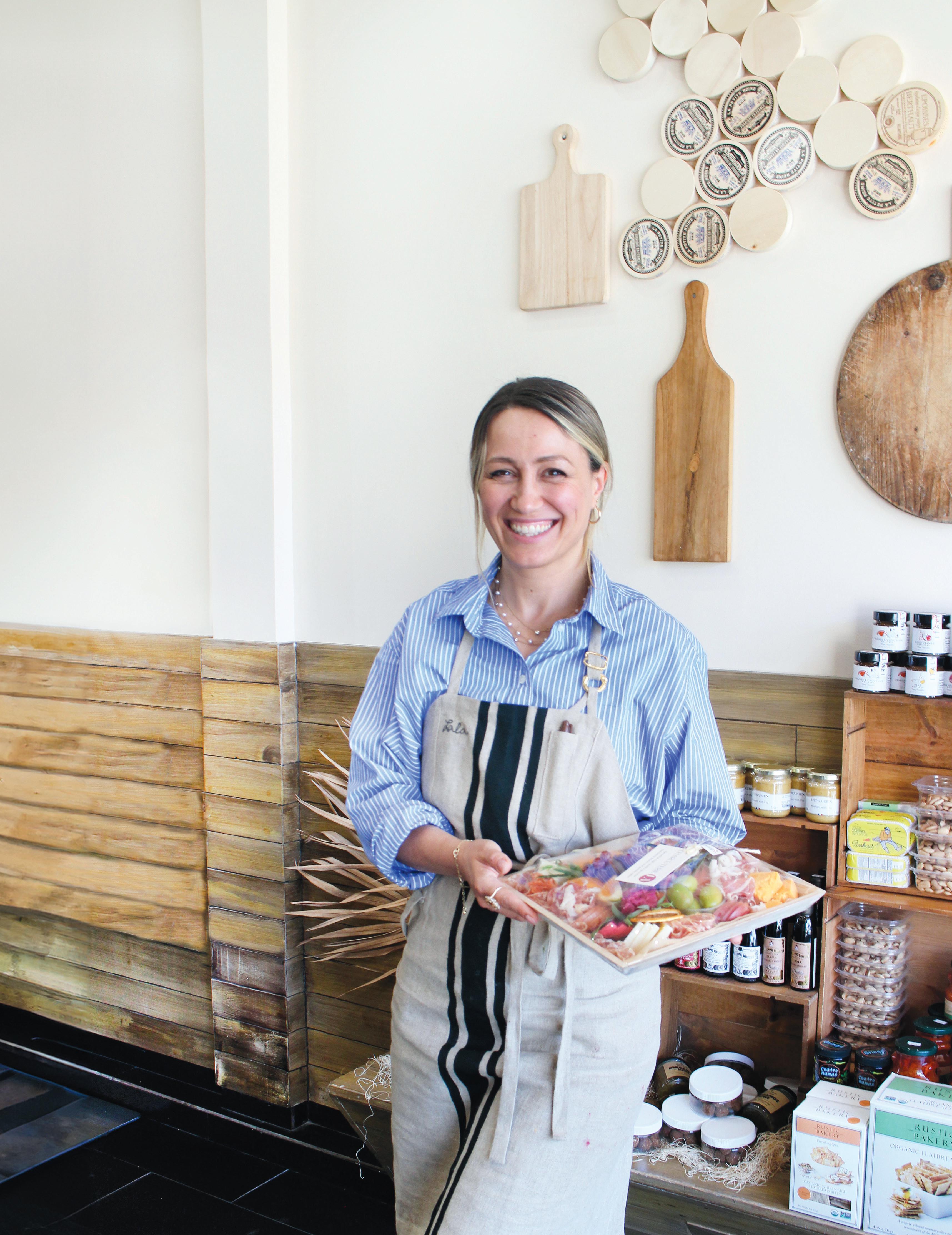
WORDS BY AJA GOARE
Svetlana (Lala) Safir-Steele is on a mission to meet and find inspiration from local farmers. On weekly trips to the Santa Monica Farmers’ Market over the years with her husband, Luke, her connections have burgeoned into a list that could rival the Yellow Pages.
“Some of these farmers feel like family,” says the president/artisan of CharcuterieLA, naming Adina and Peter from Schaner Family Farms, Robyn from LSG Honey, Alex and his fantastic team from Frecker Farms (especially Hannah), Secil and her crew at Arnett Farms, Alyssa at Burkart Organics, the Guzman Family at G Farms, Luis at J.G. Berries and Chao with his unbeatable produce. “It’s a joy and a weekly source of inspiration to meet and talk to the people who grow the produce I use.”
Safir-Steele started CharcuterieLA in 2020 at ON Kitchens in Van Nuys, which is a ghost kitchen (a commercial kitchen used for delivery service only). She opened a bricks-and-mortar location in Sherman Oaks earlier this year. The growing business makes gourmet boards adorned with high-
For a fall or winter holiday board, Safir-Steele suggests a “Winter Wonderland” theme. “Picture a board with a snowy backdrop created using a mix of white cheeses,” she says. She suggests arranging some bright fruits like pomegranate seeds and slices of apple for pops of color, and scattering a few candied nuts and chocolates for extra sparkle.
“Last year, I made a board in the shape of a Christmas tree, and it was a huge hit. It was filled with a variety of cheeses, charcuterie and festive touches like pomegranate seeds and fresh rosemary,” she says. “You could go for a snowy scene with edible ‘snowflakes’ made from thinly sliced Parmesan or coconut flakes.” For Thanksgiving, consider making the board in the shape of a cornucopia or, if you’re feeling especially ambitious, a turkey.
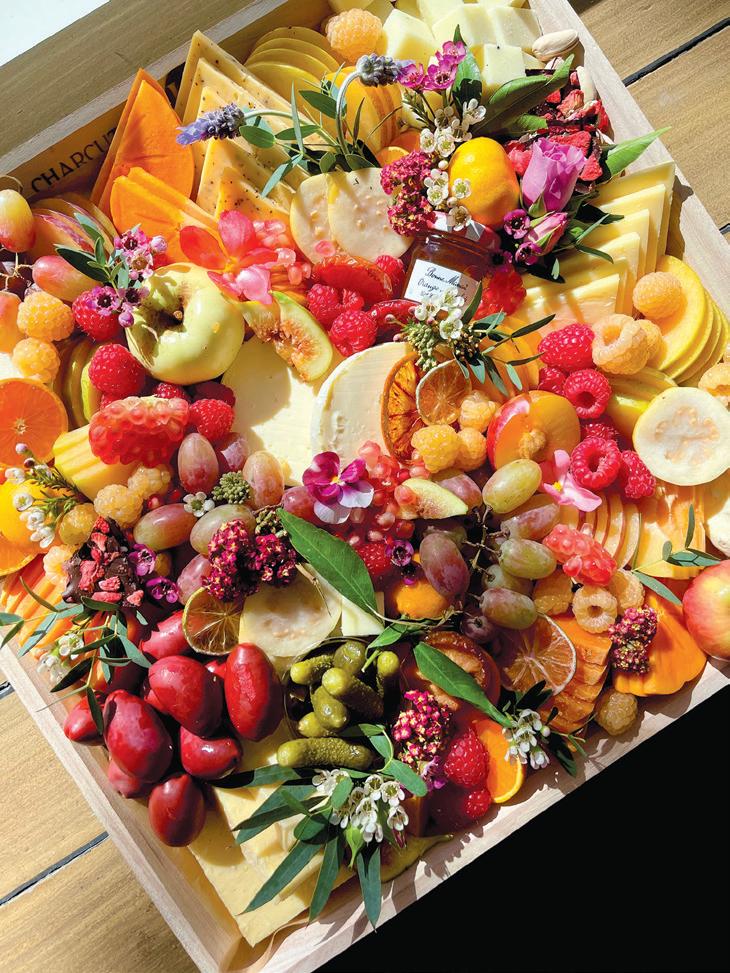
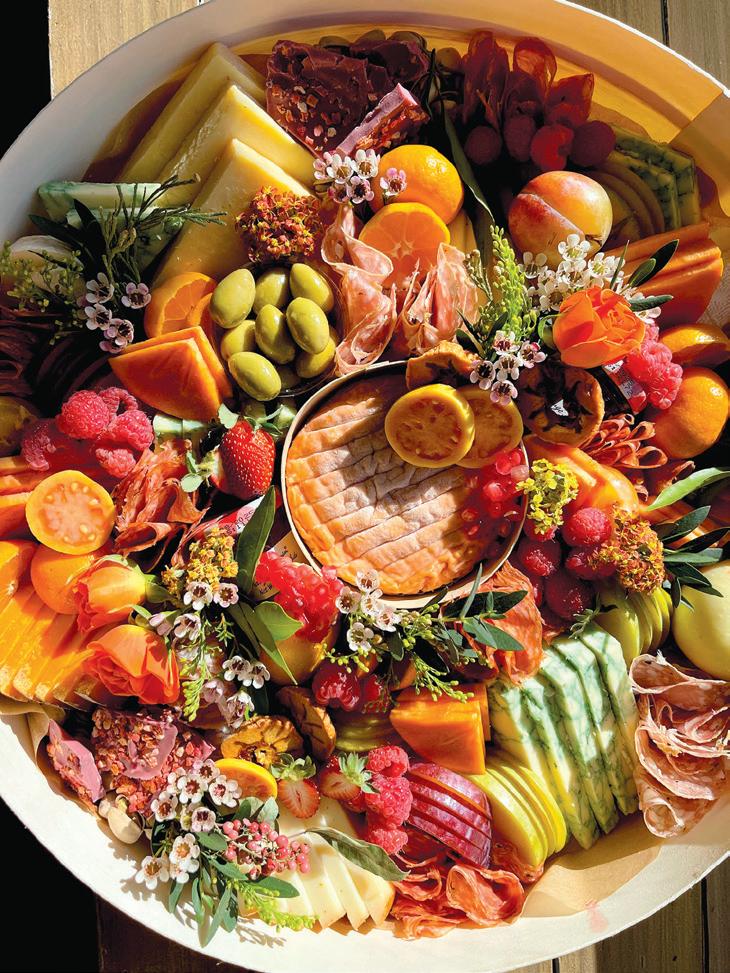
end meat and cheeses alongside locally grown produce. She’s working to bring in “fun new products,” as well as turning the shop into a small restaurant with elevated tapas, wine and cheese.
“Charcuterie and cheese boards have always fascinated me because they’re more than just food—they’re a way to present something simple yet refined,” says Safir-Steele. “I love the balance of flavors and textures and how you can use them to highlight the best of what’s in season. It’s about taking high-quality ingredients and creating something that’s both satisfying and visually appealing. There’s a unique artistry to it that I find captivating.”
There are countless charcuterie spots across Los Angeles, and who among us hasn’t piled Gouda, salami and almonds on a platter for a movie night with friends? But the typical meat-cheese-fruit-dip arrangement isn’t how Safir-Steele operates.
Asked what factors she considers when making her boards, Safir-Steele says it’s quality, variety and geometry. Yes, geometry: “People often think of art as something purely creative and unmeasurable, but for me it’s all about math. If you’ve ever seen my boards, you’ll notice parallels, diagonals, 90° angles and various shapes. It’s like solving an equation, but with food.”
This approach isn’t surprising once you understand her academic background.
“I pursued a degree in nutrition science, thinking I’d become a registered dietitian or a researcher. Along the way, I earned a few more degrees, which shaped my understanding of food,” she says. “I studied regenerative farming, organic chemistry, statistics and cultural foods, all of which deepened my appreciation for natural ingredients and the craftsmanship behind food.”
Since moving to Los Angeles at 32, the city has become her home, but her appreciation for food dates back to an early age in Kabardino-Balkaria, a small republic in southern Russia, near Dagestan and Georgia. Memories of the bread her mother and younger sister

made still bring a smile to her face. “The smell of warm bread instantly takes me back to those days,” she says. “That connection to food is deeply personal—cheese and bread are my comfort foods, and they remind me of home.”
Feeding people is her passion and showcasing local fare is, in her eyes, the only way to create a truly exceptional charcuterie. Alongside the fresh produce, Safir-Steele places specialty imported cheese and meat. “I’m a fan of cheeses with a strong character. My top three right now are Swiss Appenzeller Reserve, cave-aged Gruyère and Italian Pantaleo goat cheese. For meats, I prefer lean cuts, and the Caña de Lomo Ibérico from Sogno Toscano is the best cured meat I’ve had so far.”
In addition to a variety of premium meat-and-cheese-based boards, customers can order a dessert board with global treats and a vegan board with fresh fruit, vegetables and optional vegan “cheeses.”
Her connections with local farmers, relationships with loyal customers, menu offerings and passion for her craft have proven successful, bringing in business for just about any occasion. During the holiday and graduation seasons, she will produce as many as 21 luxury boards of various sizes a day, working 12 hours at a time.
Ultimately, her goal is to foster community. “CharcuterieLA is a spot where couples can come for boutique wine and fresh bread with cheese and mustard before or after dinner, where friends can enjoy a night out, or where business partners can discuss their plans over great food and wine,” she says.
CharcuterieLA
14545 Ventura Blvd., Sherman Oaks
CharcuterieLA.com
Aja Goare is a local food writer and editor who works with multiple Edible magazines. She and her husband, Dustin, love to travel across the Valley looking for great eats. She’s also a child advocate, outdoor explorer and artist.
WORDS
PHOTOS BY BRENDA REES
Childhood memories of the kitchen can be profound.
I fondly remember my grandmother’s small-town Midwestern kitchen filled with the smell of fresh-baked sugar cookies, simmering elderberry jam and, at certain times of the year, fermented sauerkraut.
These early memories of food can light the spark for future careers, says Chef Trinidad Silva, an associate professor and department chair of culinary arts at Los Angeles Mission College in Sylmar. He was inspired by his mom and grandmother, who were amazing cooks, he says, adding that he remembers his grandmother’s freshly made flour tortillas while growing up in Van Nuys.
When Silva asks new students why they enrolled in the program, he often hears stories like his—it’s grandmothers and moms. Students recall favorite Sunday meals, being taught time-honored family recipes and experiencing love around a table, says Silva.
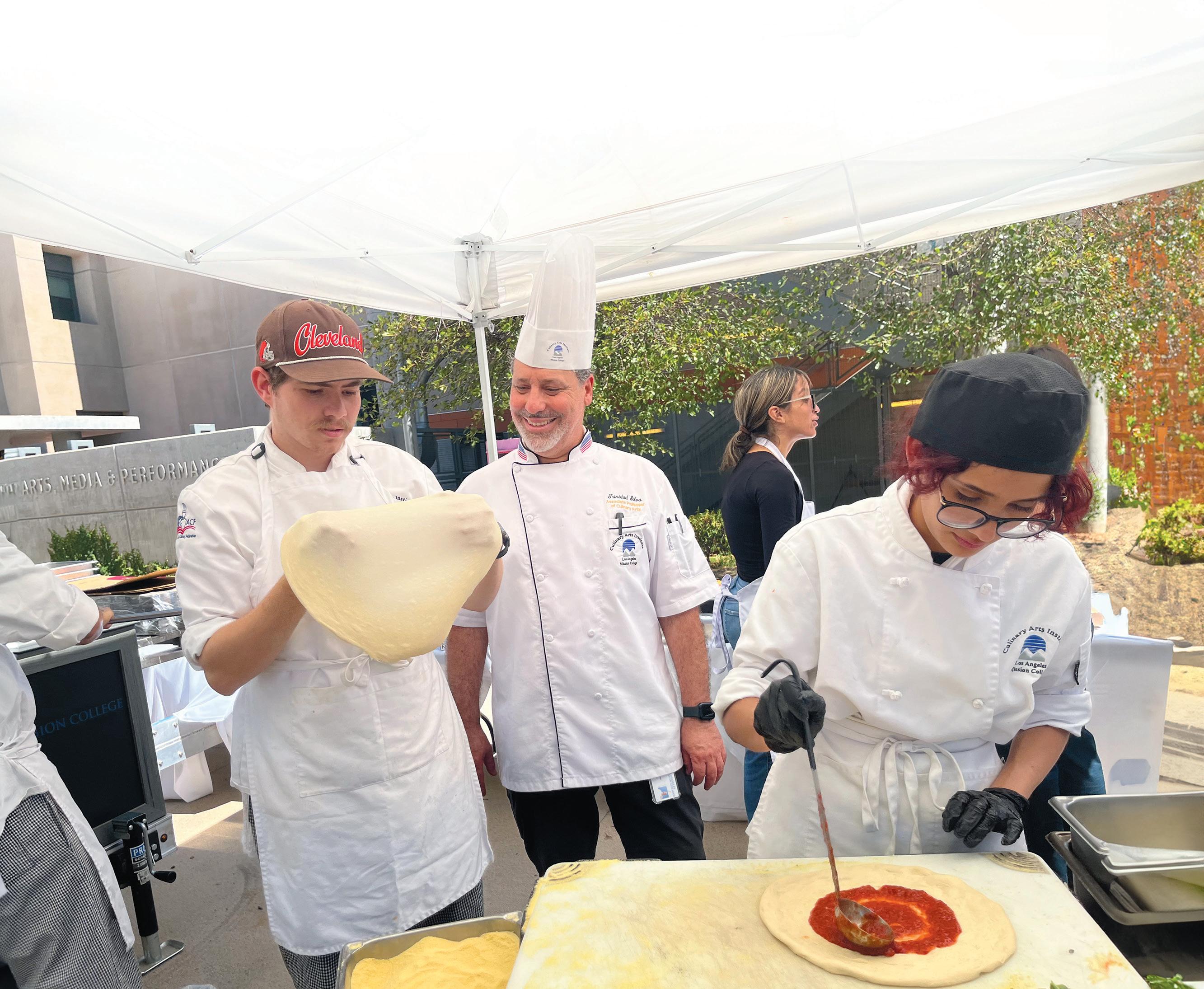
Today I’m on campus for the annual Welcome Back event—the 50th annual—where new and returning students mingle around resource booths as they prepare for the school year. Students are also drawn to the popular mobile woodfired pizza oven, where Silva oversees culinary students stretching and tossing handmade pizza dough before gently placing the topped pies in the 800° oven.
Chef Tinidad Silva checks in with culinary arts students as they make pizza during LA Mission College’s Welcome Back event.
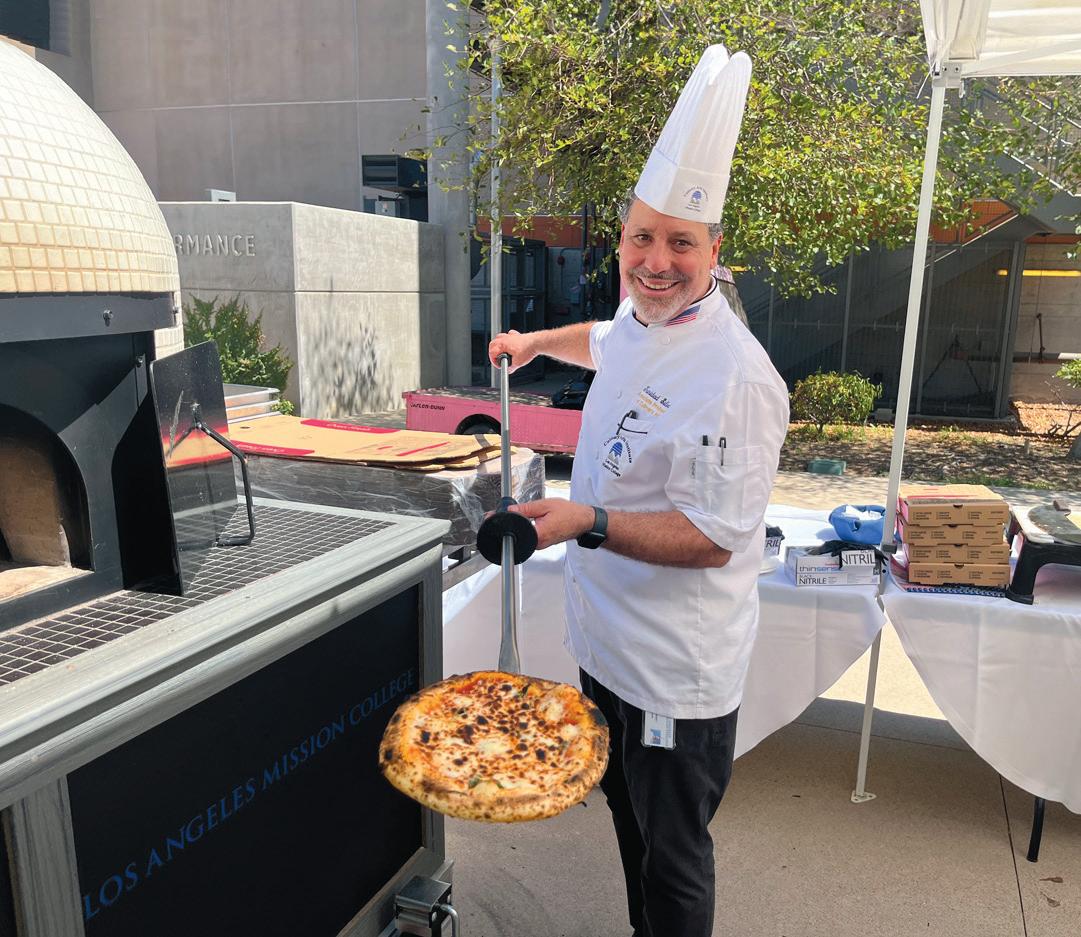
Can’t you almost taste it? Chef Trinidad Silva shows off a delicious pizza, fresh from the 800° pizza oven.
For nearly a decade, Silva has instructed students here, teaching them to make pizza along with essential culinary techniques, knife skills, classic sauces, pâtisserie and baking, and menu planning.
Like his students, he earned his first culinary degree from a community college culinary arts program. He graduated from Santa Barbara City College and pursued additional training at the New England Culinary Institute. Silva parlayed his education into a career that included cooking at fine-dining establishments, including the San Ysidro Ranch in Montecito. For over seven years, he lived on Santa Cruz Island, 32.3 miles off the coast of Ventura, to work as the head chef for the Nature Conservancy philanthropy operation. He was drawn to the job for many reasons, he says, including a love of nature, the island’s natural beauty and supporting environmental conservation.
Before he arrived at LA Mission College, Silva was an instructor for 11 years at Le Cordon Bleu College of Culinary Arts in Pasadena, where he taught culinary arts and pâtisserie baking. The school has since closed, but based on his experience there he’s proud to say the program at LA Mission College provides students a “worldclass education” at a fraction of the cost of private cooking schools. LA Mission College is part of the Los Angeles Community College District (LACCD).
About 1,500 students a year enroll at the college to pursue an associate degree or certificate in professional baking and pâtisserie, culinary arts or restaurant management. While most students are new high school graduates, there are also adults— sometimes in their 50s and 60s—who are looking for a career change. Silva enjoys the eclectic range of student experiences in the classroom.
At the pizza oven, Silva talks to parents and new students eager to start the semester. Then he tours me through his, and the other faculty members’, work office: an 85,000-square-foot facility with a state-of-the-art design. We walk past an organic urban garden of raised beds with herbs, tomatoes and eggplants; plus 40 avocado trees. He points to a nearby composting area where kitchen scraps are collected to be turned into soil amendments.
Entering the building, we walk through an active kitchen where student workers are finishing a catering job. Practical experience dovetails nicely with classroom lessons and hands-on practice, so students can “earn to learn” through on-campus work as culinary arts student workers, Silva says. “We are also developing an apprenticeship program partnering with the State of California.”
The student café and grill among other areas frequently employ student workers. There’s even a fine-dining restaurant where the public can dine, completely staffed by culinary students supervised by chef instructors.
The public can also cheer for their favorites each spring at the annual Culinary Cup competition, where the culinary arts departments of three LACCD colleges—Los Angeles Trade-Technical; Los Angeles Harbor; and Los Angeles Mission—vie for the prized Golden Toque. Forget the “Top Chef” reality show, this competition is the real deal, says Silva.
We continue the tour by walking through the expansive modular learning kitchens, a baking kitchen, pastry kitchen, garde manger lab, demonstration kitchen and ending with a butchery lab.
I can imagine the noise, cooking aromas and concentration when students and instructors are present. Silva enjoys watching the students’ excitement as they master a skill, but he’s most excited to see students grow into themselves as culinarians.
“Working in a kitchen is not glamorous; it’s hard work. No matter how good a chef you are, this is what hospitality is all about,” he says, adding “a positive mental attitude and a strong work ethic lead to success.”
He advises students to be on time, dressed and ready. His other advice is equally good for everyone, not just culinary arts students: “Keep your area clean and look people in the eye when you talk with them. Listen and learn. Also, respect yourself and others.”
The next time you’re dining on an especially delicious meal at a restaurant with an enthusiastic staff, you just might be experiencing the passion of LA Mission College culinary arts program graduates. If so, you’re lucky.
To learn more about the LA Mission College culinary arts program or its fine-dining restaurant, visit LAMission. edu/academics/aos/culinary-arts.
Brenda Rees is a writer living in Eagle Rock. Originally from Minnesota, she fondly remembers how Campbell’s Cream of Mushroom soup was a kitchen staple.

Make your urban garden a wildlife sanctuary
BY TAMI CHU
When I told my best friend that I had gotten my yard certified as a wildlife sanctuary, she laughed. “Of course you did.” Her yard would qualify, too, but she doesn’t get as excited about rewilding and permaculture gardening as I do. One question she had for me stuck out, though: “What do you get out of certifying? Other than your obvious glee.”
I didn’t have a complete answer, so I looked it up. Turns out, it isn’t what I am getting out of it so much as helping to educate others about what we can do for the wildlife in our area.
According to the California Department of Fish and Wildlife, California is considered a “global ‘hot spot’ of biodiversity” due in part to its varied geography. But we also have the most threatened species out of all the states, due in part to habitat loss, invasive species and climate change.
“The number one threat to wildlife worldwide is a loss of habitat,” says Beth Pratt, California regional executive director for the National Wildlife Federation and leader of the #SaveLACougars campaign. “We have destroyed so much of their habitat with human development, they are running out of options.”
Mountain lions are just one of the species losing ground. Cougar P-22 (puma 22) was a young cat that gained celebrity by crossing two major freeways—the 101 and 405—and then lived his last 10 years in the relatively tiny range of Griffith Park. His life, and death in 2022, inspired the Wallis Annenberg Wildlife Crossing currently being built over the 101 freeway at Liberty Canyon in Agoura Hills.
“The fees for the Certified Wildlife Habitat through the National Wildlife Federation do not go directly to the Wallis Annenberg Wildlife Crossing/#SaveLACougars campaign,” says Pratt. “But since those are both projects of the National Wildlife Federation, they still help support our work on the wildlife crossing indirectly.”


CERTIFICATION: For single site only
nwf.org/Garden-for-Wildlife/Certify
$20/Sign available for purchase for $30 or plaque $99
For Sunland resident Jonathan Rau, planting a native garden was the only option. “Simply put: If the plant is not native or edible, why bother?” he says. “When gardening, we can work with nature and its systems instead of trying to bend nature to our will. Otherwise we are wasting our time until nature eventually corrects us.”
It is a very simple process and relatively inexpensive to become certified. It is self-reported, but should include the following:
Food: This could be nectar plants, fruit trees or bushes or vegetable plants. It could also be bird and hummingbird feeders.
Water: Butterfly bubblers, bird baths or a fountain could all work here.
Cover/shelter: Bushes and thickets, trees for roosting and nesting, bird or bat boxes, carpenter bee houses, etc.
Sustainable practices: Water conservation, planting noninvasive natives, creating swales or other water-saving methods like rain barrels and no herbicides or pesticide use.
“The certification in itself is not the important part,” says Rau. “It is the conversations and relationships that come from people when they notice the changes on your land.”
For home or business
MonarchWatch.org/waystations
$18/$18 for sign
“Simple steps like installing a bird bath or planting native plants can make an enormous difference to the wild world,” says Pratt. “Build it and they certainly will come! For a monarch butterfly, for example, the milkweed in your backyard, a fuel stop, may make all the difference in whether they can survive their annual migration.”
Your habitat/way station should include all of the following:
Size: At least 100 square feet.
Exposure: 6 hours of sun daily.
Shelter: Food and host plants should be relatively close together.
Milkweed: at least 10 plants (Showy milkweed is native to Southern California.)
Nectar plants: Should contain several that provide food for monarchs throughout breeding season, annuals, biennials and perennials.
Management: This is about sustaining the way station with sustainable practices like watering, mulching, trimming, winter management (in case of nonnative milkweed) and eliminating pesticide use.

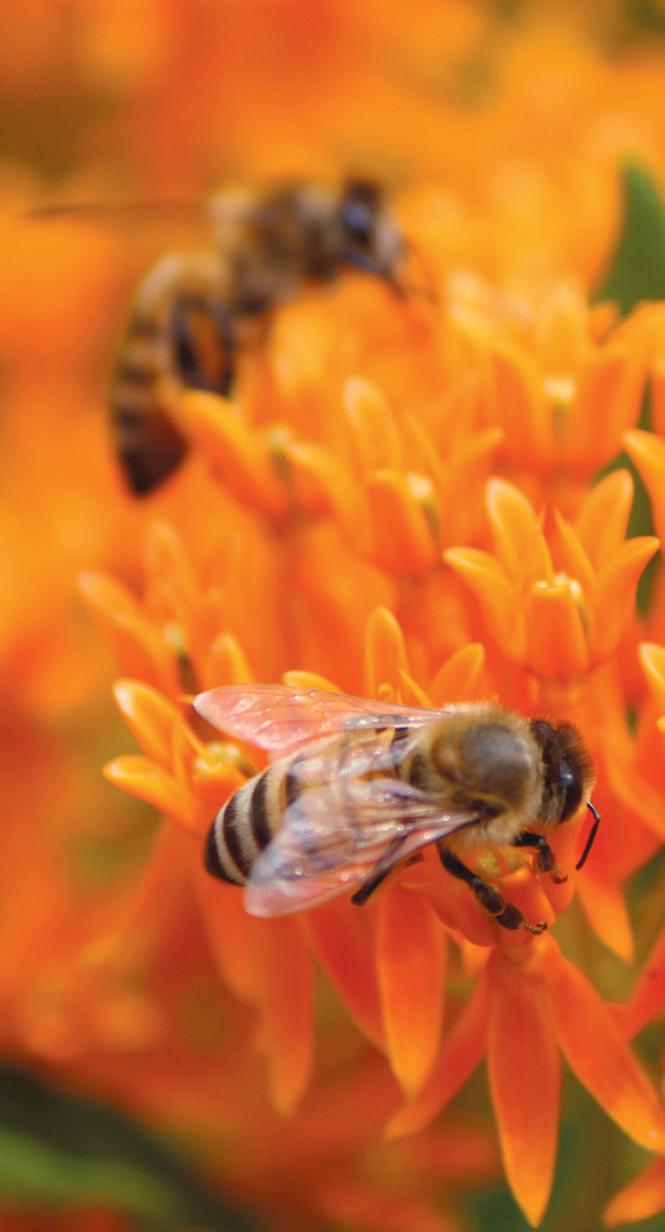
Converting your yard—or a portion of your business or school site—to native plants and creating habitats for wildlife is a process. It took me 10 years of slow changes to fully convert 2,500 square feet to be certifiable, but it can also be done in a matter of weeks or months.
“Wildlife-friendly gardens not only benefit the animals, but also people. Native plants can help with water conservation and fire-resistant landscaping, and tree coverage with carbon sequestration and reducing noise and light pollution,” says Pratt. “And studies have shown that adding gardens to your home can also benefit your physical and mental health.”

naba.org
$15/$25 for the sign
Once you are working with monarchs, you can expand your plantings and cater to even more butterfly species.
For certification your butterfly garden must include:
Host plants: Plants that are caterpillar food for at least three different species and at least three of each type of plant. Native plants are recommended but not required. Plan for abundance!
Nectar plants: At least three different types of native nectar plants that feed butterflies, preferably more than one plant of each variety. Consider the plants that feed multiple pollinators, and especially natives.
Management: Zero use of pesticides or insecticides, even organic. Water source is encouraged but not a requirement for the garden.
Note: Most of these certifications also allow for businesses and institutions to become certified for a slightly different rate. The following is just for farmlands and/or businesses.
• Bee Better Certification For Farmers And Businesses: BeeBetterCertified.org
• Audubon Certified Bird-Friendly Grasslands: Audubon.org/news/ audubon-certified-bird-friendly-sealgets-bird-friendlier
• For more resources and education, including for schools and groups like Boy/Girl Scouts and 4-H, visit Xerces.org/pollinator-conservation/ yards-and-gardens.
by
Unforgettable Serve
Aged even more Aged
Made with care
Crafted in Spain
In a world that often prioritizes speed over substance, there remains proof that good things, and excellent taste, take time. D.O. Cava and Jamón ConsorcioSerrano are two such treasures, each representing a unique blend of Spanish tradition and taste created with time and perfected over centuries.
Cava has earned its place among the world’s finest sparkling wines, yet it remains wonderfully versatile. Whether paired with a simple salad, a casual meal or a celebratory toast, Cava brings a touch of elegance to every occasion. What makes Cava de Guarda Superior unique is that it is produced using the traditional method where secondary fermentation occurs in the bottle.
This meticulous process, lasting a minimum of 18 months, is carefully overseen by the D.O. Cava regulatory body, ensuring that each bottle upholds the highest standards of quality and authenticity. Made from organic vineyards that are over 10 years old, Cava de Guarda Superior reveals its craftsmanship with every pour. As the delicate, harmonious bubbles rise to the surface, you can truly appreciate the time and care it took to perfect them!
Similarly, Jamón ConsorcioSerrano is more than just a drycured ham. This exquisite product is made using traditional curing
methods which takes a minimum of 12 months to deliver a delicate and rich flavor. Each production is upheld to the rigorous standards of the Consorcio del Jamón Serrano Español, which ensures that every piece of Jamón ConsorcioSerrano bearing the seal is of exceptional quality. Like Cava, Jamón ConsorcioSerrano is not merely an accompaniment to festive tables; it is a versatile delight that can elevate everyday meals with its complex flavors and delicate texture.
Both Cava and Jamón ConsorcioSerrano are perfect examples of how time-honored craftsmanship, underpinned by the European Union’s commitment to quality and tradition, creates products that are unmatched in their category. They are not just crafted in Spain; they are perfected by time, offering a taste of excellence that is both accessible and extraordinary. Whether enjoyed on a special occasion or as part of your daily life, Cava and Jamón ConsorcioSerrano bring the best of Europe to your table.
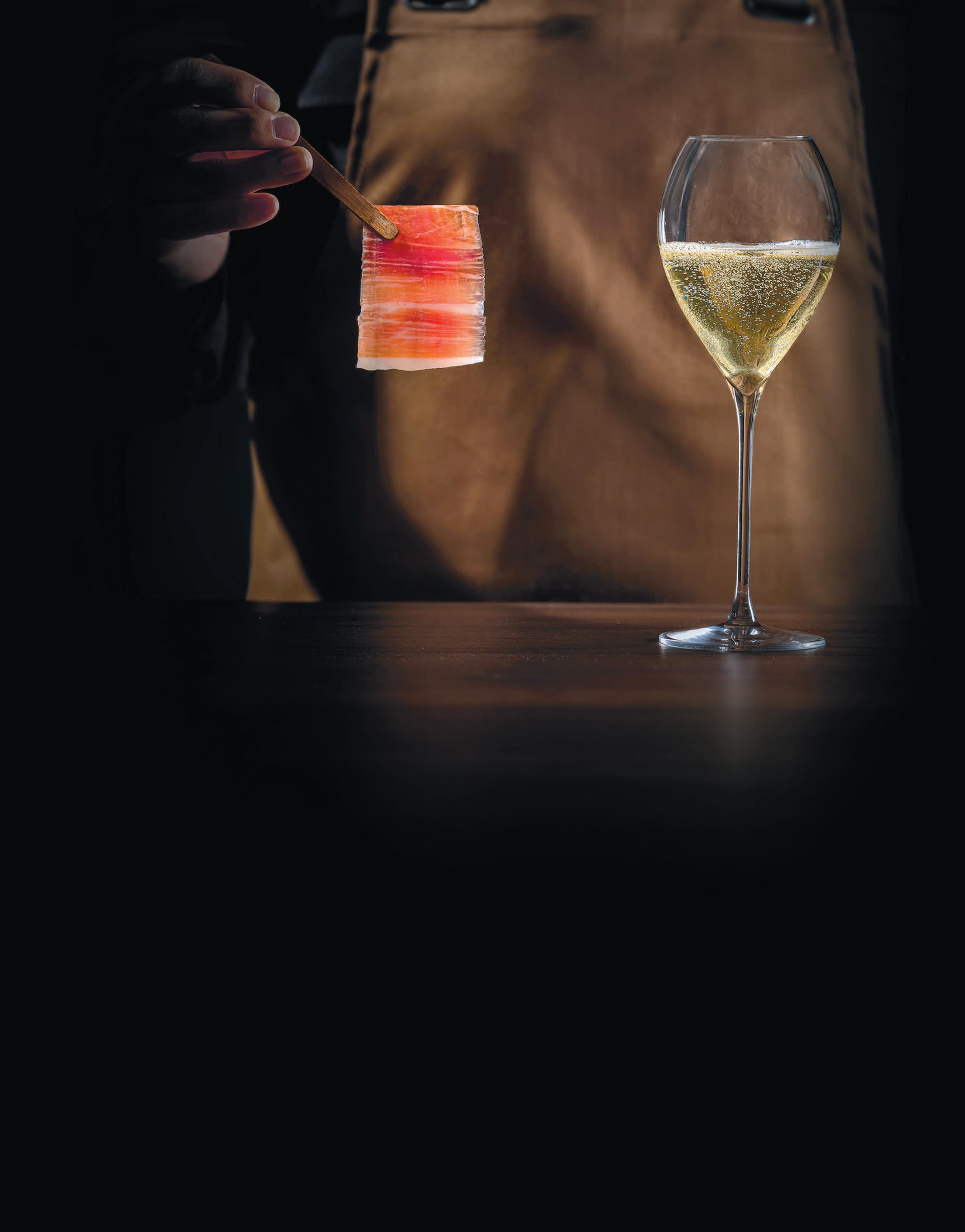
Learn more on our website


BY MARCUS HOLLINGSWORTH | PHOTOS BY TAMI CHU
Pomegranate season reaches its peak in the fall here in California. Now abundantly grown in California and Arizona, pomegranates are an ancient fruit native to Iran. They’re popular in Middle Eastern cuisine, where their use is inspired and resourceful, and my recipes here try to have the same effect. It is the vibrant flavor of this amazing fruit that brings me back to pomegranates for my fall recipes, time after time. The deep, hearty, earthy flavors of fall benefit tremendously from the zing of this
Serves 4
4 cups organic mixed greens
½ cup torn whole basil leaves
¼ cup torn whole tarragon leaves
¼ cup sliced almonds
4 tablespoons pomegranate seeds
1 Golden Delicious apple, thinly sliced
¼ cup crumbled Gorgonzola
6 tablespoons Saffron Vinaigrette (recipe below)
Sea salt and freshly ground black pepper, to taste
Saffron Vinaigrette
1 large pinch saffron (about 1 teaspoon)
⅛ cup minced red onion
1 teaspoon Dijon mustard
½ cup unseasoned rice vinegar
1 tablespoon honey, preferably local
1 teaspoon sesame oil
½ cup olive oil, preferably local
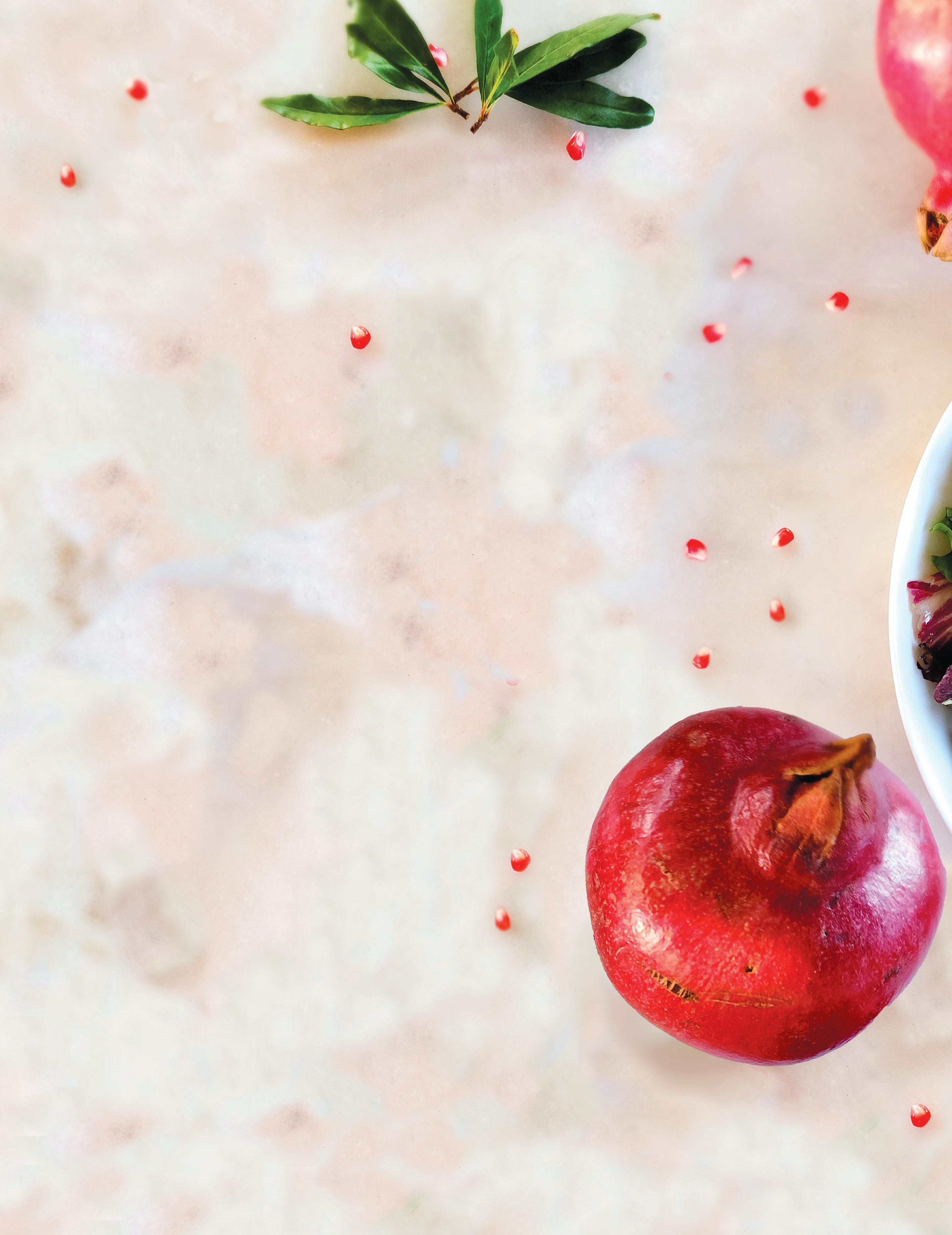
versatile fruit, bringing balance and contrast to whatever ingredients they dance with.
Everything in these recipes can be sourced locally. I encourage you to go to local stores and our county’s farmers’ markets. The farmers there are committed to their chosen livelihood, and many enjoy the community connectedness of meeting, talking with and feeling the love from the people who eat the fruits of the farmers’ labors.
Place the first 8 ingredients in a large salad bowl and toss well. Arrange salad mixture in a gentle mound on 4 plates. After plating the salad, there will be some “goods” at the bottom of the bowl. Distribute this equally. Finish with a pinch of salt and pepper.
Place first 5 ingredients in a mixing bowl. Let sit for 10 minutes to infuse the flavor and color.
While the saffron mixture is resting, combine sesame and olive oil in a pourable container, and mix. Whisk oils into saffron mixture. You don’t need to be too careful—this is a dressing you want to break; the colors are amazing.
Even with
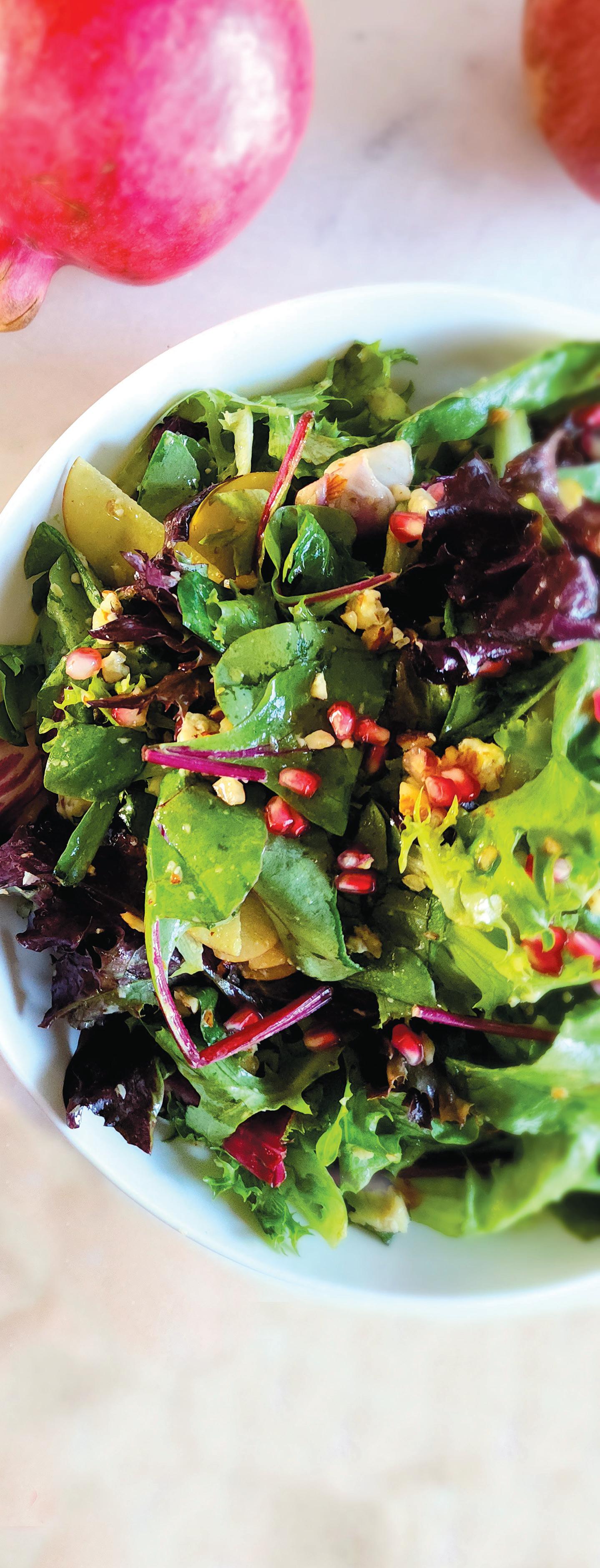
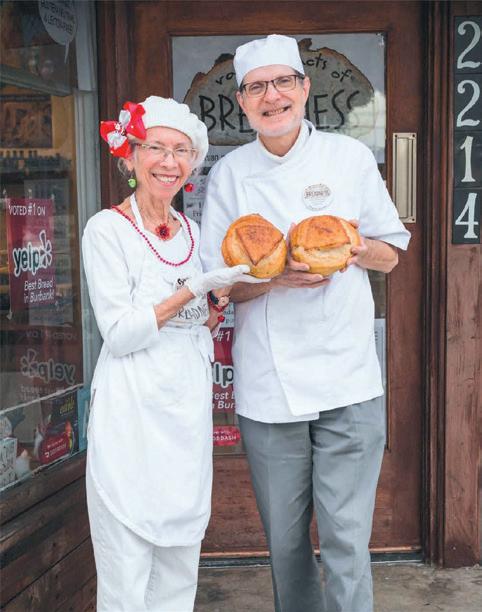

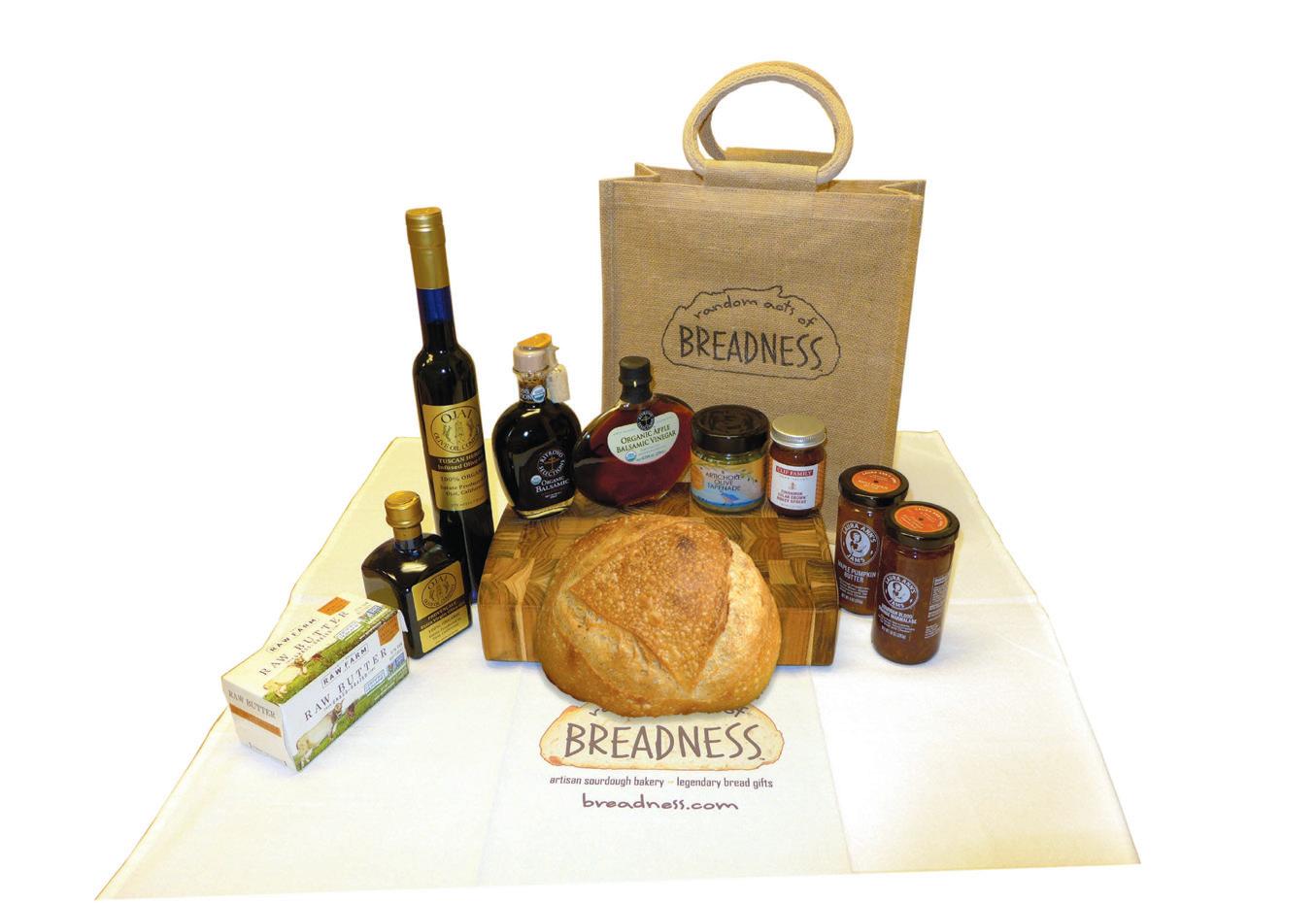
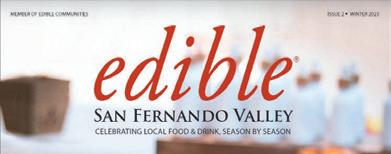




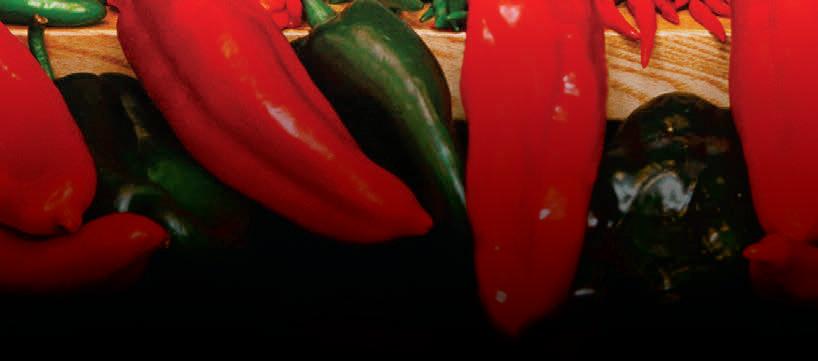

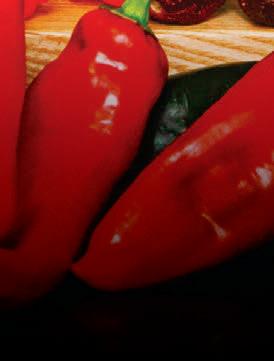
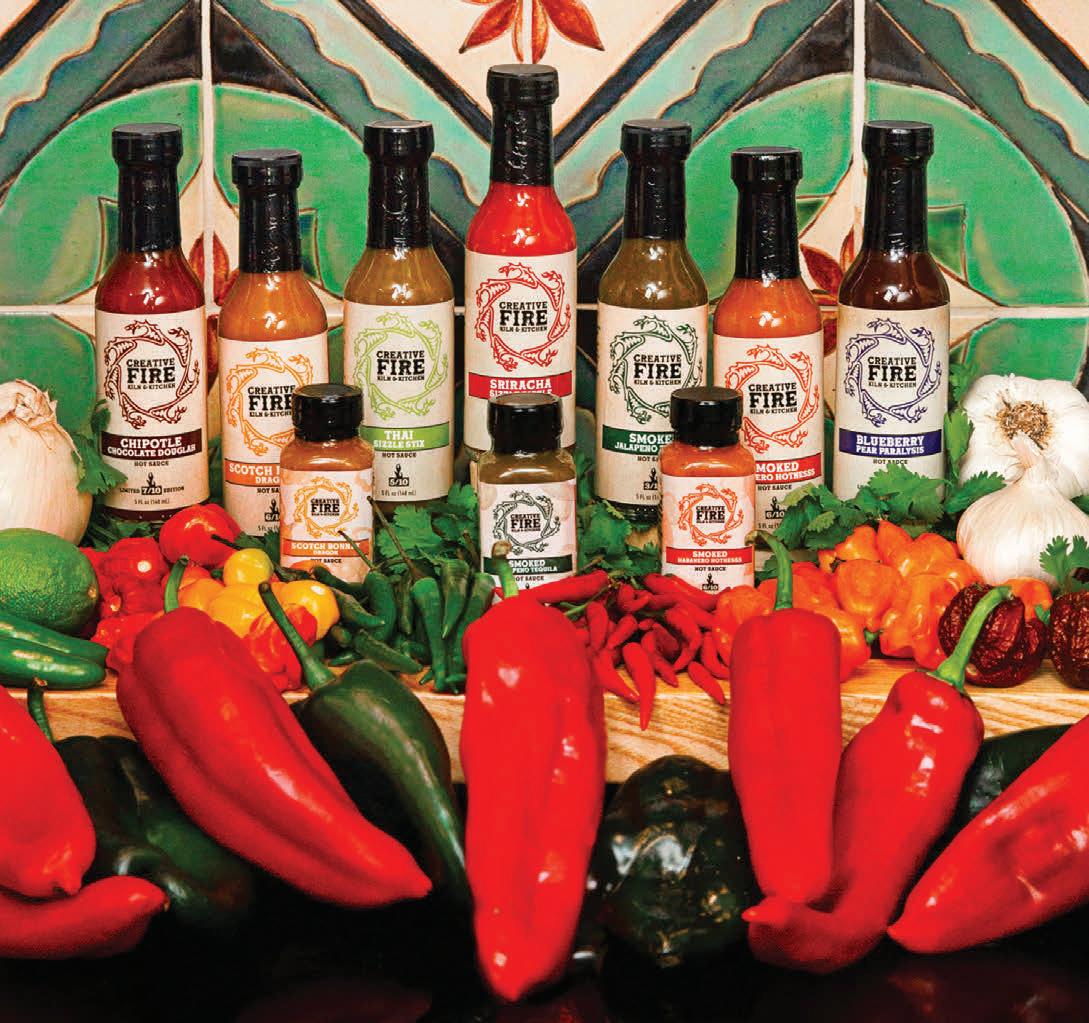

Serve these savory polenta cakes with their alluringly tangy sauce as an appetizer, side dish or light meal, alone or atop rice, legumes or pasta, or with salad.
You can, and should, make this recipe ahead of time. Give the polenta about 4 hours to set properly before cutting it into cakes.
Serves 6
2 cups milk
1 cup heavy cream
1 bay leaf
1 teaspoon dry tarragon
3 tablespoons Chardonnay (We used Clos Des Amis Chardonnay)
Sea salt and ground white pepper, to taste 1 cup polenta, plus more for coating polenta cakes
¼ cup plain Greek yogurt
Extra-virgin olive oil
Green onions, thinly sliced, for garnish
Grease a baking sheet (approximately 9 by 13 inches) with olive oil.
Heat the first 5 ingredients in a heavy saucepan over medium heat until it reaches a simmer. Add the salt and pepper, just a bit at a time, and taste after each addition. Add polenta a little at a time, while whisking.
Switch to a wooden spoon and keep stirring. Continue to cook for about 5 minutes. Add Greek yogurt, turn off heat and stir well. Remove bay leaf. Pour onto baking sheet and smooth with a buttered or oiled rubber spatula.
Cover with a beeswax wrap (or other covering), put on the top shelf of the refrigerator and chill for 4 hours. While polenta is chilling, make the Pomegranate Sauce.
Once the polenta has set, heat a heavy skillet over medium heat until very hot. While pan is heating, cut polenta into roughly 3-inch pieces, using cookie cutters, biscuit cutters or a metal spatula. On a plate, sprinkle the remaining the dry polenta. Turn each cake on the plate until it is roughly coated.
When pan is very hot, add 2 tablespoons of olive oil and put 2 polenta cakes in the pan at a time, gently shaking pan from side to side for about 20 seconds, to keep cake from sticking. Cook for about 5 minutes, until browned. Gently flip polenta cake with a spatula and cook 2 to 3 minutes. Place on a plate. Repeat until all cakes are fried. To serve, spoon and smear a couple tablespoons of the Pomegranate Sauce onto a plate, place two or three cakes decoratively on the sauce and garnish with thinly sliced green onions.
Makes about 1¼ cups
¼ cup dried hibiscus flowers*
½ cup white wine
½ cup pomegranate juice
½ cup heavy cream
⅛ teaspoon sugar
1 tablespoons unsalted butter
Sea salt, to taste
2 tablespoons chopped parsley
Place hibiscus flowers and white wine in a small, heavy saucepot. Let sit for 10 minutes.
Add pomegranate juice and bring to a simmer over medium heat. Cook uncovered for about 10 minutes, until reduced by half and liquid looks a bit syrupy. Remove flowers, allow them to cool and then finely dice. Add back to liquid.
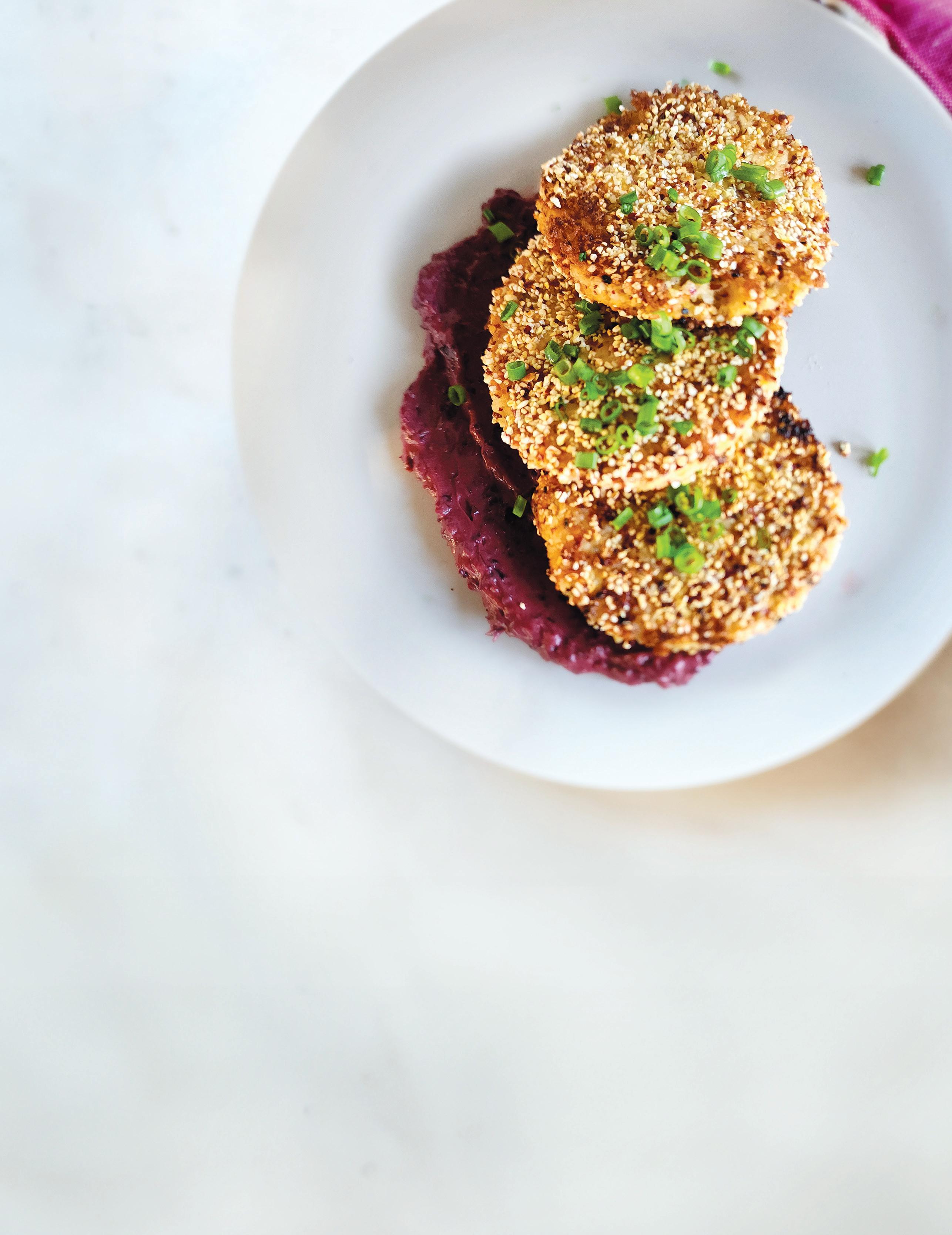
Stir in heavy cream and bring back to a simmer. Cook for about 10 minutes, until cream thickens a bit and starts to darken around the edges.
Remove from heat, add sugar and stir. Add butter and whisk continuously until all butter is incorporated into sauce. Add parsley and salt, to taste.
*Hibiscus flowers, also called Jamaica flowers, are available at natural food stores and Latin markets.
For me, nothing screams fall like bread pudding. It sticks to your ribs, stimulates your senses and contents your tummy. This recipe is a classic, but is a little less sweet than what you might get in a diner.
If you want to skip the Pomegranate-Orange Butter, top the pudding with whipped cream, powdered sugar or cocoa powder.
Serves 4 to 8, depending on portion size
1 cup whole milk
⅓ cup sugar
2 eggs
1 teaspoon vanilla extract
1 tablespoon orange juice
1 tablespoon hot chocolate mix (or ½ tablespoon cocoa powder and ½ tablespoon sugar)
¼ cup chopped pecans
½ cup pomegranate seeds
Pinch salt
4 cups rustic style French bread, cut into ½-inch cubes
¼ cup turbinado sugar
In a large mixing bowl, combine all ingredients, except bread cubes and turbinado sugar. Mix well.
Add bread cubes and toss well. Use a large spoon to press bread down until it absorbs liquid and stays submerged. Cover bowl with a kitchen towel and set aside for 30 minutes.
In the meantime, preheat oven to 350°. Also, grease an 8- by 4-inch baking pan with butter. Place turbinado sugar in prepared pan and tilt it around so sugar coats sides and bottom. Pour out excess sugar.
Place bread pudding mixture in pan and press down a bit to make it level on top. Cover with foil. Bake for about 45 minutes, until a wooden skewer poked in the center comes out clean.
Remove from oven, uncover and let cool for at least 15 minutes before cutting. While bread pudding is cooling, make Pomegranate-Orange Butter.
To serve, cut warm bread pudding into slices and top with 1 to 2 tablespoons Pomegranate-Orange Butter.
Makes about ½ cup
½ cup butter, softened to room temperature
2 tablespoons pomegranate seeds
Zest of ¼ orange
1/8 teaspoon nutmeg
Pinch clove
1 tablespoon granulated sugar
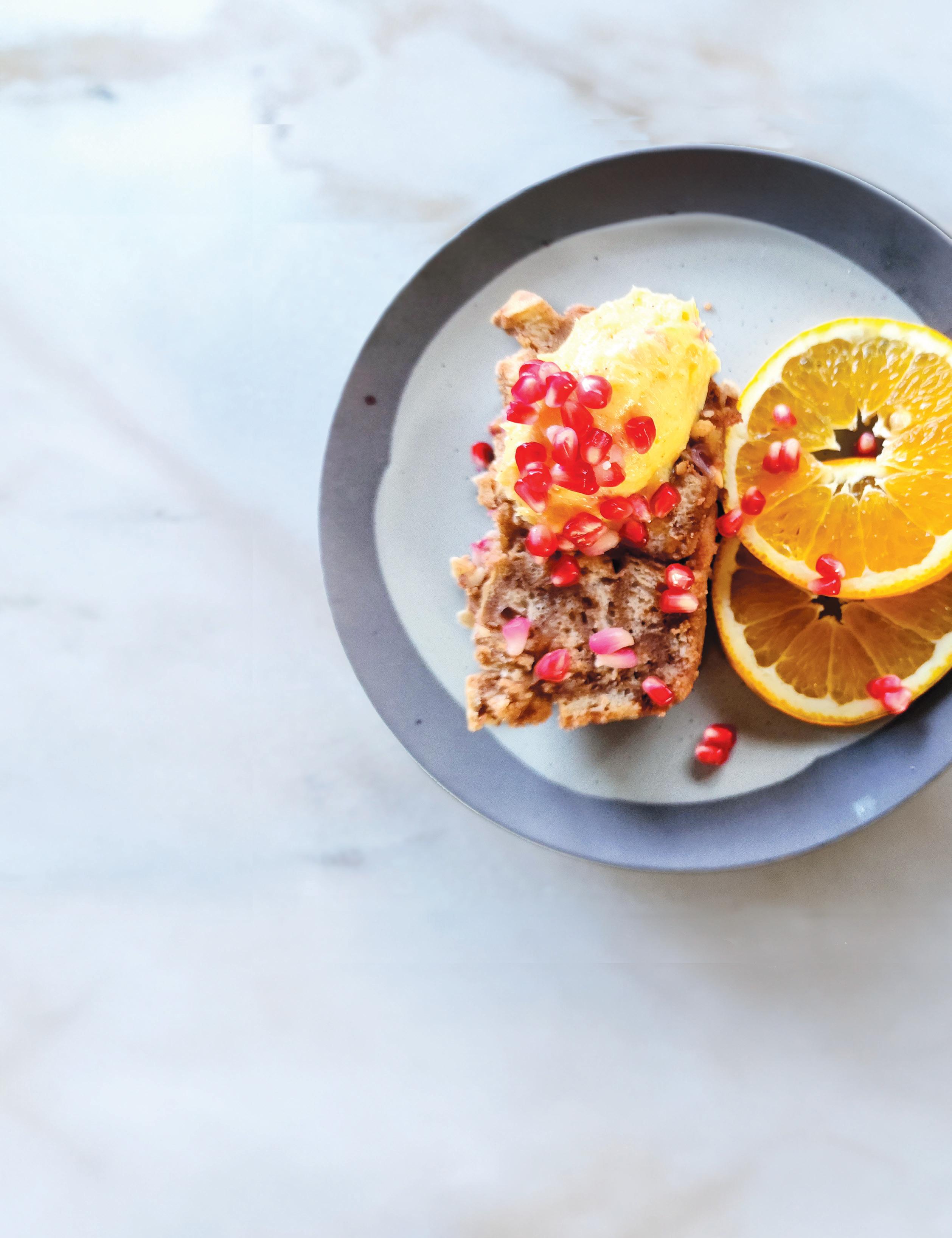
Soften butter inside a ceramic bowl, and when it’s soft enough, blend in all other ingredients using a whisk. Cover the bowl and refrigerate until ready to use.
Allergy note: This recipe converts very well using gluten-free bread and alternative milks, without other alterations. Pecans can be substituted with any other nut or removed altogether if needed.

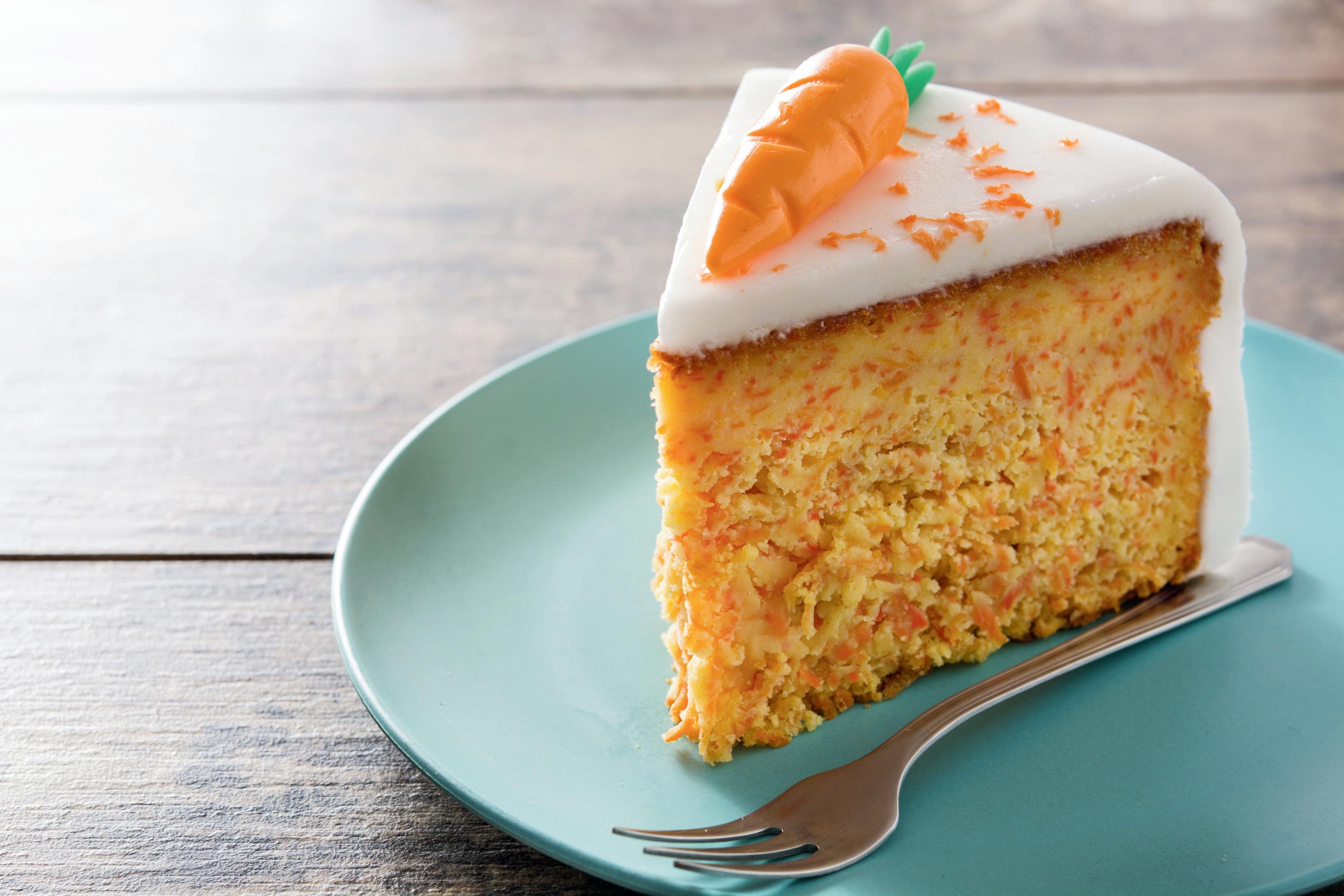


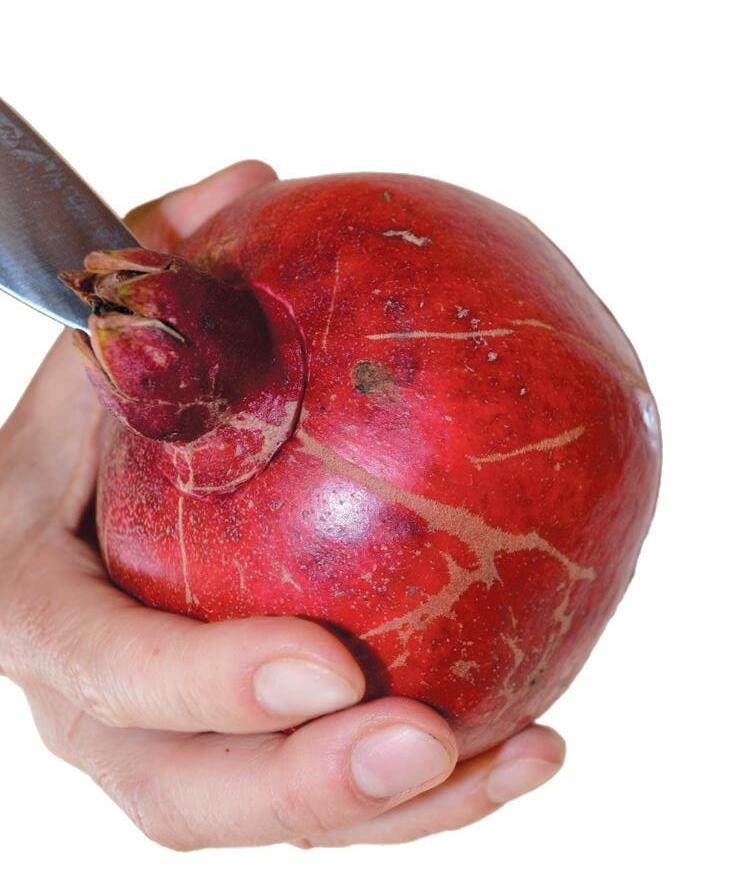

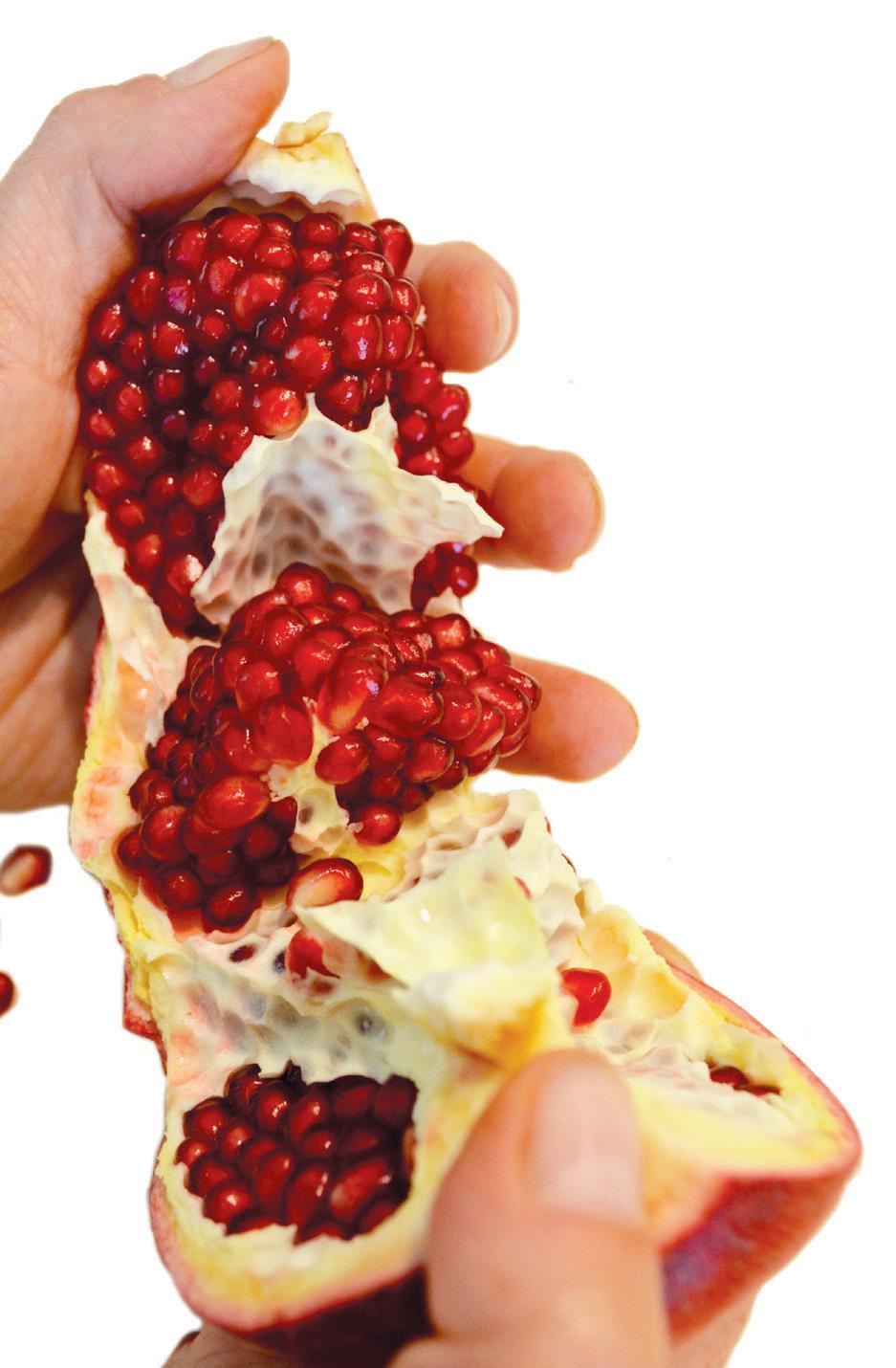

Yes, it can be a messy chore, but this method keeps the seeds intact, so there are no stained fingers or sticky juice.
1. Using a paring knife, cut around the crown (calyx) of the pomegranate; angle the knife blade so that when you remove the crown, a cone-shaped piece comes out.
2. Slice off stem end, being careful not to go too deep; you don’t want to cut the seeds.
3. Look for the naturally occurring vertical ridges on the skin, and lightly score at each ridge.
4. Break open the pomegranate at each scored section (like you’re segmenting an orange).
5. Peel off the outer skin and membrane and gently break the seeds from the pomegranate.

by
about
It’s classified as a berry The seeds (called arils) are rich in antioxidants and minerals. it Can be stored for 2 months in the fridge Native to the Middle East, pomegranate grows very well in Southern California. The trees have been known to live for over 200 years.

Pomegranates are not grown commercially here, but check out FallenFruit.org to see where you can forage them locally. This “superfood” has been used medicinally for thousands of years.
The San Fernando Valley and surrounding areas contain an extraordinary collection of artisans and creators who bring vibrancy to the region. This holiday season, we encourage you to support local businesses as much as possible.
Scan the code for the clickable online version of this guide.
All products are handcrafted in developing counties all around the globe. Each item is Fair Trade, ensuring no child labor and use of ethically sourced materials. Find unique one-of-a-kind items great for gift giving. $4.99–$150 | Mention this guide for a 20% discount in store at 567 S. Lake Ave., Pasadena. TenThousandVillages.com/Pasadena

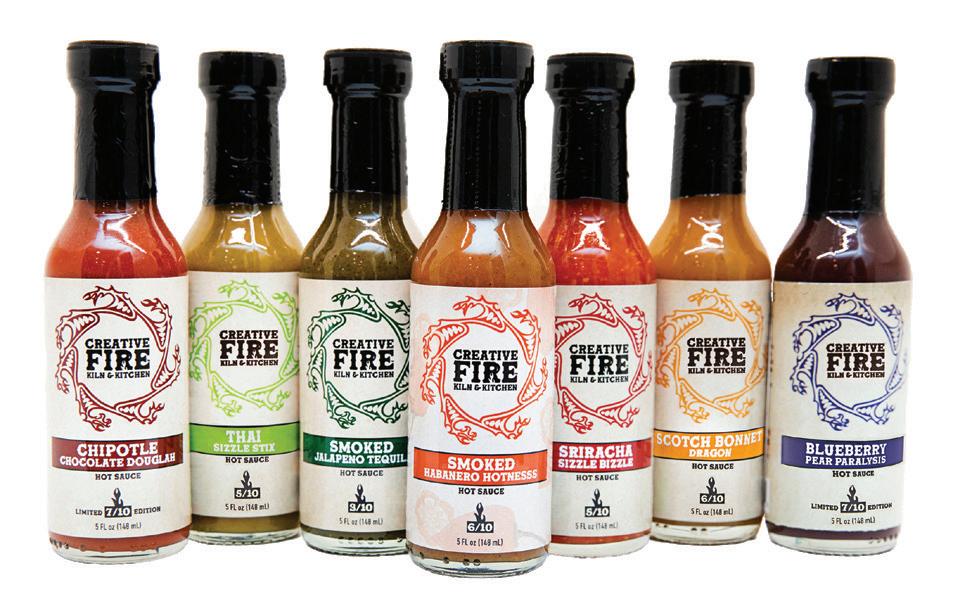


Known for pairing foods and experiences, Paradise Pantry offers unique gifts for everyone on your list. Choose from more than 400 cheeses, an expansive wine selection, specialty makers of jams, nut butters and chocolates.
Not sure? Pair with a Gift Certificate and let them choose their own! Costs vary. ParadisePantry.com
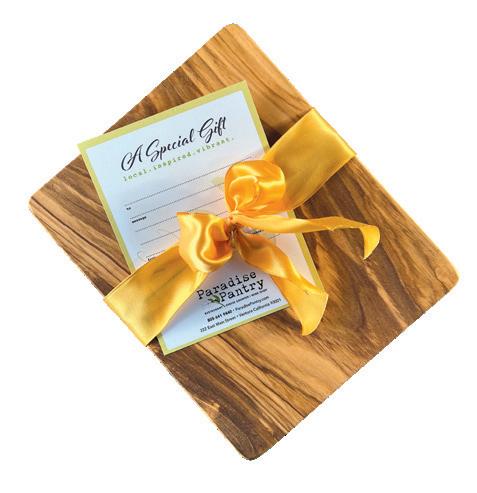
Creative Fire Kiln & Kitchen
Creative Fire Kiln & Kitchen specializes in producing small-batch artisanal hot sauces and handmade ceramic kitchen food prep items. Whether from soil or clay, the garden, the studio or the kitchen, “All good things come from Earth, Fire and Water.” $6–$18 CreativeFireKilnandKitchen.com | @creativefirekilnandkitchen
Since Bennett’s Honey Farm harvested their first batch of Topanga Quality Honey, the priority has been the bees. Like a fine wine, natural honey gets its distinctive flavor from the flowers, and Bennett’s honey is produced in Ventura County, home of the best sage, orange blossom and wildflower fields in California. Prices start at $7. | BennettHoney.com
Hand-crafted artisan sourdough breads and chef-curated accoutrements make memorable gifts for any occasion. Breadness loaves are organic, gluten-neutral, 3-day process, vegan and made with super-clean ingredients. Ranked #1 on Yelp for Best Bread in Burbank! $10–$200. Visit the bakery in Burbank or shop online at Breadness.com.
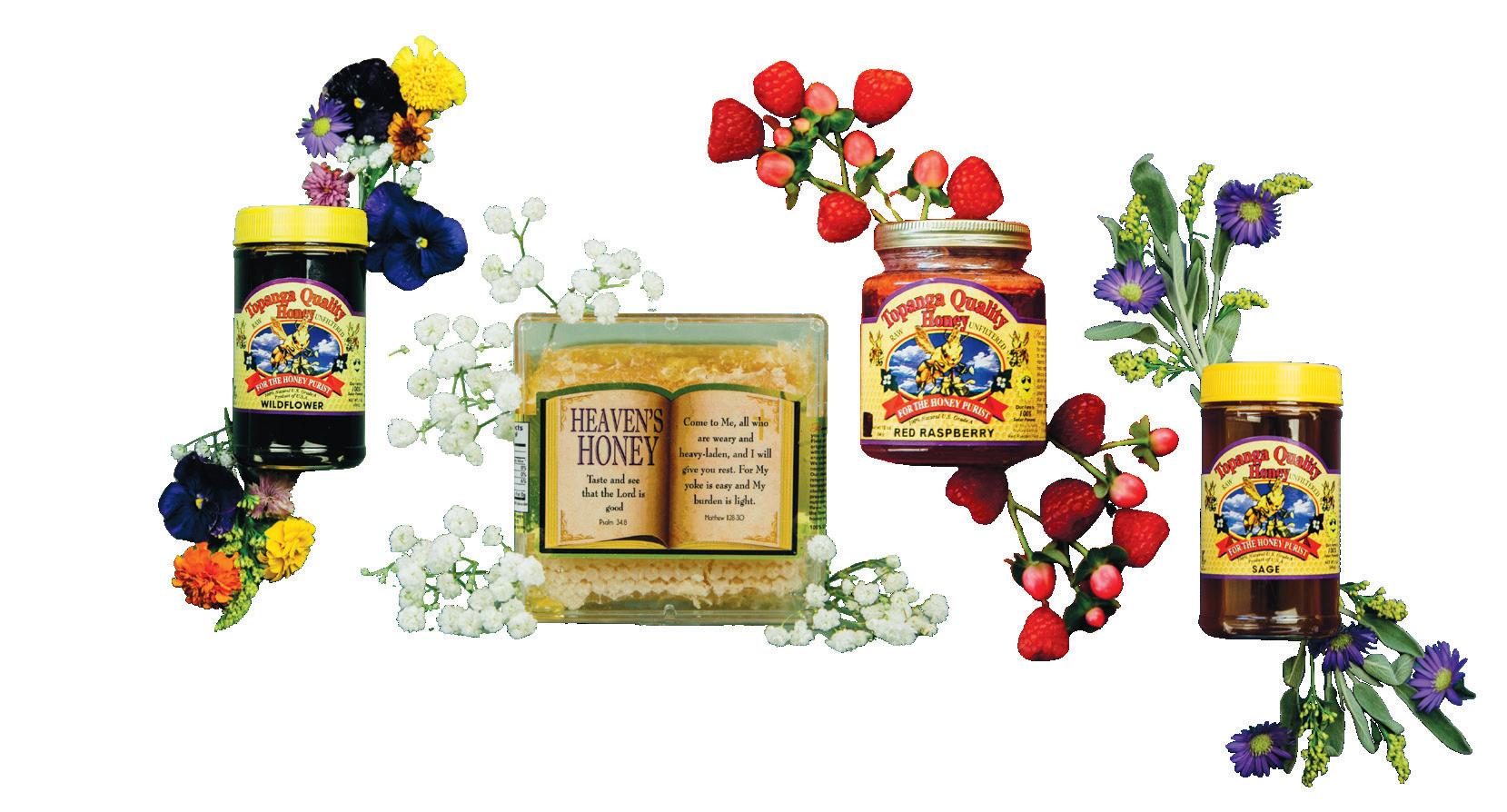
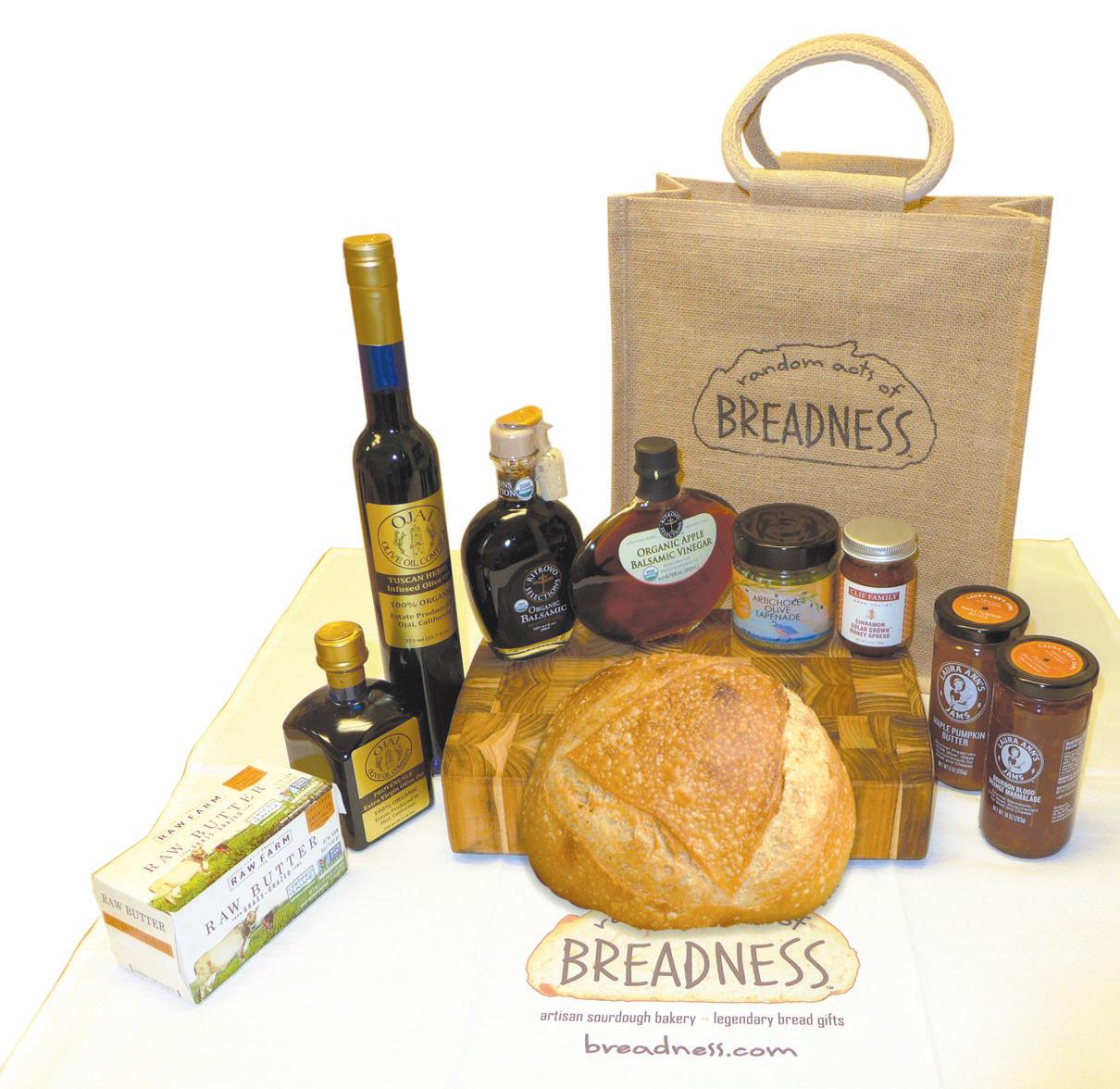
Host your next party in style with Wine Country Woodcraft’s handcrafted Party Plates. Combining beauty and functionality, these lightweight cherry hardwood boards turn any gathering into a memorable occasion. Like having a third hand, these “charcuteME” plates are great for eating AND greeting. They also make thoughtful gifts! $60/set of 4 | WineCountryWoodcraft.com
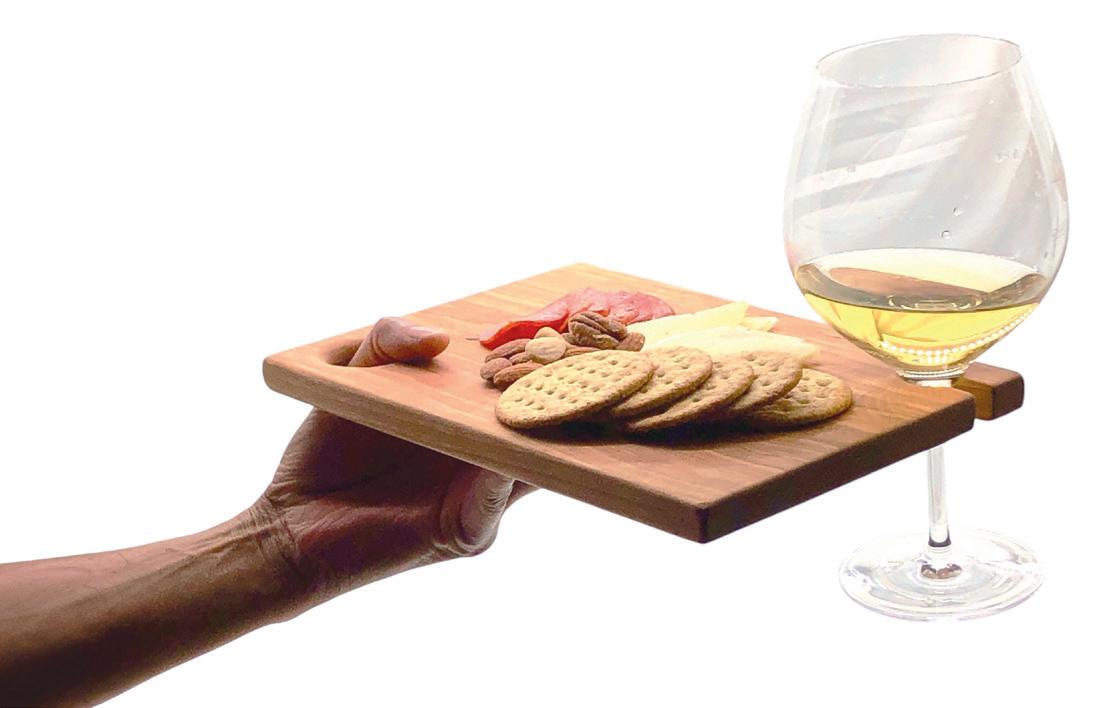

Handcrafted from the family’s generations-old recipe, Thomas Toffee’s English toffee might prove to be the best toffee you’ve ever tasted. Familyowned and crafted in Agoura Hills. Use coupon code ESFV for a 10% discount on your first order. $20–$30 | ThomasToffee.com
And of course, saving our top pick for last, we think that a subscription to Edible San Fernando Valley magazine makes an excellent gift at any time of the year! We produce four print issues per year, full of seasonal recipes, helpful how-to tips, inspiring local stories and useful farm, food and drink resources. Each subscription helps us to continue to support and celebrate the local chefs, artisans and growers who make the Valley and surrounding areas an extraordinary place to live and eat. Send us an email and we’ll even make sure you have the latest issue to accompany your gift. $29 for one year (four issues). | EdibleSFValley.com/subscribe

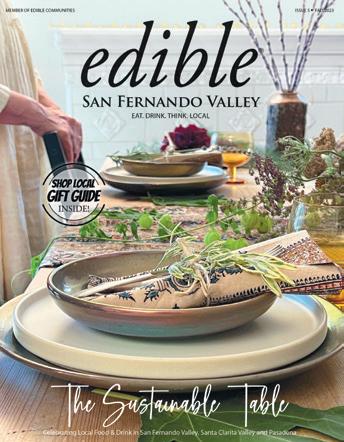

BY KATY BOWMAN

During the holidays, turkey trots aren’t the only way to put those extra calories to use. Let your holiday meal move you!
We’re starting to understand more about how our food choices impact the environment, but rarely do we consider our own personal physical actions in collecting and preparing the food we eat. Our food has become quite sedentary.
Throughout human history we have had to move in order to eat—hunting, gathering, foraging and gardening movements, for example. Now, many of us can outsource most of our food moves to others, an outsourcing that has sociological and environmental impacts. It’s only relatively recently that we began think of exercising off extra calories.
As we approach the holidays, here are ways to move more for the stuff we’ll consume.
1. Use your body to gather as much food as you can. Forage—for wild mushrooms, local nuts, fruit, veggies and herbs—or simply walk on foot to local farms, vendors or grocery stores.
2. Do an actual turkey trot. Walk to pick up your turkey. Even if you work out regularly, carrying an awkwardly shaped object a couple of miles can be tough.
3. Swap out the nuts in your recipe for ones growing closest to you. Nuts from certain places are still harvested using slave labor (yes, it’s true— find lists online). Foods we prefer but don’t source for ourselves are still gotten (read: moved for) by others, and in many cases our preferences come at the expense of another’s health and experience.
4. Buy less-processed ingredients. Once you figure out which nuts are most local to you, try to find them in the shell. Do your squats and hip stretches while shelling nuts for stuffing or pie! Buy whole nutmeg and cinnamon to grate fresh; use whole garlic instead of powder.
5. Chop, stack and haul wood. Moving for wood warms you twice—while you’re doing the work and again while cozied up by the fire. Don’t have an indoor fireplace? See tip 18.
6. Take a décor hike. Take a nature walk to gather leaves to spread on your table. Scout for silver dollar branches, acorns, rocks, shells, or branches and build a natural centerpiece.
7. Freshen up holiday linens on a line. Use your shoulders to reach, hang and take down linens (brings the sweet smell of late-fall sunshine in, too).
8. Skip the can and bake a pumpkin. Move that pumpkin on your own (no machines, factories or fuel required) and roast oiled seeds for a snack. Bonus points for carrying your pumpkin home from the store or picking it right out of your local pumpkin patch.
9. Set up an outdoor prep area. Let your body feel the temperature of your landscape and work to adjust; you’ve got a million thermal-regulating muscles that “work out” when you allow yourself to feel cold. Got heaps of veggies to chop? Grab a sweater, cutting board and knife to take outside where, as you chop, any littles you have can work on tip 6.

10. Mash potatoes with a masher or ricer instead of an electric mixer. If you’ve been relying on powered kitchen gadgets, the movement involved in processing food by hand is surprising but gratifying.
11. Roll out your pie dough instead of using a ready-made (i.e., less-movement) crust.
12. Whip your cream and meringue by hand. Somebody’s grandmother used to beat egg whites into a meringue with a fork. You gonna get whipped by somebody’s grandmother because your arms get too tired?
13. Unplug the electric carving knife and work muscles in your hands, arms and shoulders by using a good old-fashioned knife.
14. Make a standing soup course. Serve soup in mugs as guests arrive and encouraging those who are able to mingle and stand outside while they sip. Guests who traveled in may be particularly grateful for this approach. (This idea works inside too—standing is good for us, outside or in!)
15. Take a walk. Encourage everyone to join you on a walk around the block between dinner and dessert. Make it a game or tradition. You know how at a wedding, a bride and groom have to kiss anytime someone starts clinking glasses with a piece
of silverware? Do that, only make it a “get up time” or “walk around the outside of the house for two minutes” game. (Those who are able but unwilling to cooperate are automatically volunteering to do the dishes. By hand. Because you get more movement that way.)
16. Put some puzzle or board games on the floor. Play your usual indoor games, but move them to the floor and get everyone’s knees and hips working at different angles than usual. Have pillows and bolsters available to accommodate a range of abilities.
17. Take the play outdoors. Set up dynamic activities like horseshoes, badminton or a nature scavenger hunt.
18. Swap watching the football game or movie for a fire. Using wood from tip 5, set up an outdoor fireplace to socialize around. Sit on the ground, and watch the sun set on a day full of gratitude. Peckish guests can make popcorn over the fire. Take turns adding fresh logs so all can be warmed by movement.
I’m thankful for many things: my body, my community and the gifts of the Earth. After years of struggling to find the best way to show gratitude for all of these, I’ve found that “outside the box” ways of celebrating Thanksgiving best represent how I want to give thanks. I love nature, being outside and
moving, so I want a portion of my holiday to take me out of the kitchen—I wanted the holiday to feel more authentic to me. Here are some ideas I (and others in my community) have been trying in order to mix it up:
19. Set up an outside dining room. Let guests know in advance to bundle up, and eat all or part of the meal out in the fresh air and sun. Provide some warm blankets for chillier guests, make sure to have a hot drink on the menu and let your meal be cozy and invigorating at once.
20. Try a walking progressive Thanksgiving dinner. Assign friends, family or neighbors different courses of the meal to prepare. Start at one house with appetizers and cocktails, walk to the second house for salad, then to another house for turkey and a final house for pie. Bonus: Large groups often take up more space, which means eating on the floor picnic-style—so lots of hip opening and squatting!
21. Dinner or dessert hike. Feel like going totally minimal? Make a batch of turkey soup, stuff your thermos full and head out on a Give Thanks Trek. Pick five or 10 or 20 miles and do a pilgrimage of sorts, nourishing yourself as you go. Or arrange for your besties to meet up after their holiday obligations for a pie hike. Find a special spot in nature or your favorite urban location and walk there to enjoy a slice or two together.

One thing we’ve learned of late is that it’s generally not the alcohol that makes a cocktail special; it’s the experience of enjoying a flavorful sipper with people who make you happy. Next comes the aha! moment of adopting mindful drinking. It gives you permission to embrace JOMO (joy of missing out). It’s saying yes to zero-alcohol cocktails without feeling like you’re missing out. It’s about dropping the name mocktail because there’s nothing mock about the experience.
Cocktails sans spirits are becoming the life of the party as people prioritize health, wellness and conscious living. Surprisingly, studies show that people who drink boozy cocktails are driving the growth of zero-alcohol drinks. They’re ordering an Old Fashioned but following it up with a zero-alcohol cocktail to extend the fun over the whole evening without getting tipsy. Or they’re opting to forgo traditional cocktails this evening. It’s all about options.
You might encounter establishments whose zero-alcohol drink menu simply consists of juice or sparkling water. But the more often people request zero-alcohol options, the more often those will appear on menus. In the meantime, try these delicious zero-alcohol cocktails. You won’t miss the alcohol at all. Really.
Recipe courtesy of the Rendition Room in Studio City.
Photo by Charly Shelton/Red Disk Photography.
In a well-made cocktail, the alcohol shouldn’t be the most prominent flavor, says Jon Eudowe, who developed this zero-alcohol cocktail. “It’s the ingredients that really make a drink great, and that, in turn, makes it easy to make it a mocktail because you still get all the great flavors, just without the alcohol.” After making the cocktail, Eudowe says to “put on a Duke Ellington album and get ready to enjoy a delicious drink that won’t get you raided by the FBI.”
Makes 1 cocktail
2 blackberries, plus more for garnish
6 mint leaves, plus more for garnish
¼ ounce simple syrup (recipe at right)
¼ ounce water
Fever-Tree Sparkling Sicilian Lemonade, to taste
Muddle blackberries, mint, simple syrup and water in a cocktail tin or shaker. Add ice. Shake and pour into a highball glass.
Top with Fever-Tree Sparkling Sicilian Lemonade. Garnish with blackberries and mint sprig.
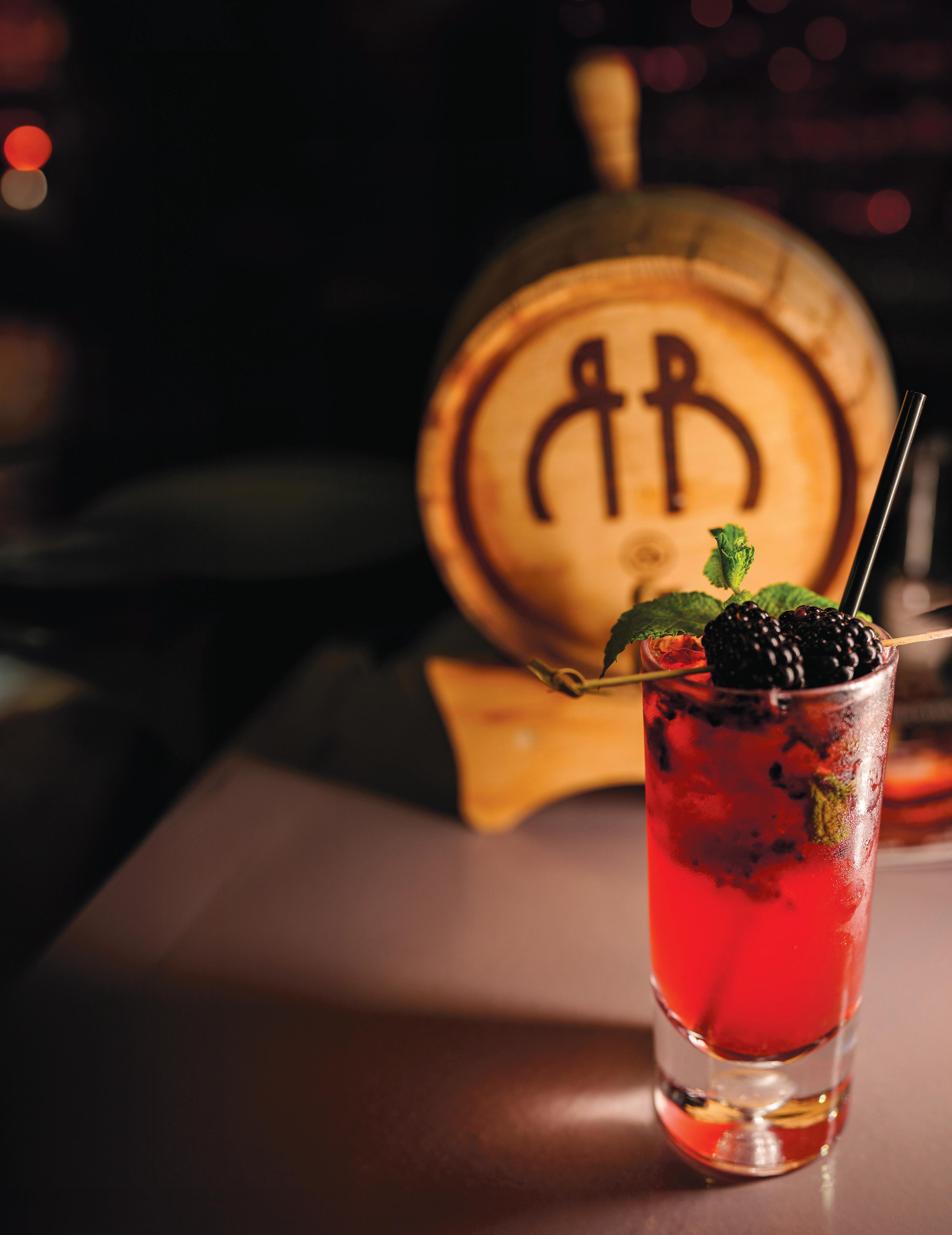
Simple Syrup
½ cup white sugar
½ cup water
Combine sugar and water in a small saucepan. Place over medium heat, and stir until sugar has dissolved. Cool before using. Store in a glass jar in the refrigerator for up to 2 weeks.
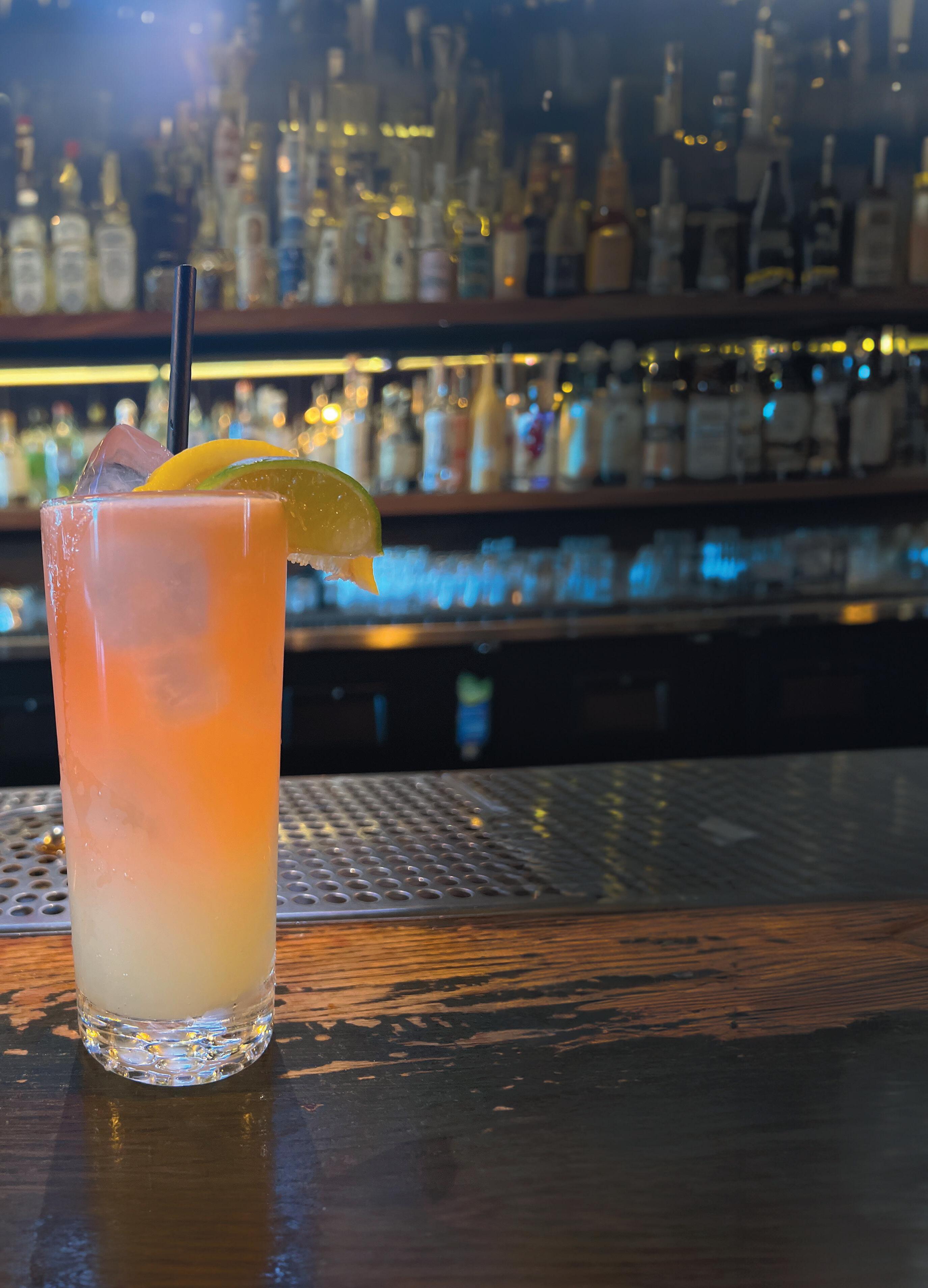
By Frank Canizales, general manager of the Inkwell Tavern in Burbank.
“As with any drink, you want to surprise with that first sip and reward with every sip after that,” says Frank Canizales, general manager of the Inkwell Tavern in Burbank. “A great mocktail requires just as much, if not more, craftsmanship than a regular cocktail,” he says, adding that he thinks zero-alcohol cocktails should be a staple at all venues.
Makes 1 cocktail
1 ounce fresh lime juice
1 ounce fresh lemon juice
2 ounces pineapple juice
¾ ounce orgeat syrup
¾ ounce ginger syrup (recipe below)
1 ounce soda water, or more to taste
¾ ounce non-alcoholic Lyre’s Italian Spritz*
Lemon wedge for garnish
Lime wedge for garnish
Add the juices and syrups to a cocktail shaker with ice and shake. Strain into a Collins glass. Add soda water and top with a float of Lyre’s Italian Spritz.
Garnish glass with lemon and lime wedges.
* At Edible San Fernando Valley magazine, we also like non-alcoholic Lyre’s Italian Orange Spritz in this zeroalcohol cocktail.
Ginger Syrup
To make ginger syrup, juice whole ginger (including peel) in a juicer. Add two parts sugar to one part ginger juice. Stir in half the amount of water to the ginger juice. Heat mixture over medium heat and stir to dissolve sugar.
Editor’s Note: If you don’t have a juicer, you can use the recipe below to make the ginger syrup.
½ cup fresh ginger, peeled and cut into chunks
3 tablespoons water
⅔ cup sugar
In a small food processor, process ginger and water until it’s a purée, scraping down sides as needed. Pour purée into a fine-mesh strainer over a bowl. Press ginger purée with back of a spoon to extract liquid. You’ll have about ⅓ cup of ginger juice.
Add ginger juice and sugar to a small saucepan. Cook over medium heat until sugar dissolves, stirring often. Remove from heat. Pour syrup in a glass container and store in the refrigerator.
The bartending team in the Tap Room of The Langham Huntington in Pasadena created this zero-alcohol cocktail “to ensure all guests, whether imbibing or not, experience the gorgeous, rich and thirst-quenching taste of Pasadena.”
Editor’s Note: Rose water has a deliciously potent floral flavor that can be overwhelming if you use too much. We recommend starting with ⅛ teaspoon and adding more to taste.
Makes 1 cocktail
1 ounce blackberry purée, storebought or homemade (recipe below). (The Tap Room uses The Perfect Purée, blackberry flavor.)
1½ ounces lavender syrup (recipe below)
Splash rose water
1 ounce fresh lemon juice
Top with non-alcoholic ginger beer
Garnish with a blackberry, lavender flower and candied ginger
In a highball glass, add blackberry purée, lavender syrup, rose water and lemon juice and stir. Add ice and top with ginger beer. Add garnish before serving.
Lavender Syrup
¾ cup granulated sugar
¾ cup boiling water
2 tablespoons dried culinary lavender
Add sugar to a small bowl; add boiled water and stir until sugar dissolves. Stir in lavender. Let steep uncovered for 15–20 minutes. Strain syrup. Store in a glass jar in the refrigerator for up to 2 weeks.
Blackberry Purée
1 cup fresh or frozen blackberries
¼ cup granulated sugar
1 teaspoon lemon juice
¼ cup water
Add blackberries, sugar, lemon juice and water to a medium saucepan and stir. Bring to a gentle boil over medium heat, stirring occasionally, and gently boil for 3 minutes. Remove from heat and allow to cool. Use a stick blender or food processor to purée.
Store in a glass jar in the refrigerator for up to 2 weeks.


You can convert any cocktail to a zero-alcohol one simply by leaving out the alcohol—but that’s like converting a chocolate-chip cookie into a chocolate-chipless cookie. It’s not nearly as good as the original. And it’s a missed opportunity to make something better, not worse. To create your own zero-alcohol cocktail that doesn’t skimp on flavor, follow these tips. Practice ahead of time and you’ll wow your guests at your next holiday gathering or any other time.
A citrus peel, a scattering of fruit or fresh herbs, even a corny paper umbrella floating atop a cocktail adds a touch of class.

4.
Plain or flavored fizzy water can add celebratory bubbles and volume to your concoction.
All flavors— sweet, sour, bitter and salty— should meld without any one sticking out.
Choose fresh fruit juice and herbs for the brightest flavor.
Infuse your homemade simple syrups with herbs and spices to pump up the flavor and complexity of the cocktail. Experiment with citrus peels, hot peppers or herbs like mint, thyme or basil.
Make ice that will add to the drink’s appeal by freezing herbs or edible flowers in the water in an ice cube tray. Or make the cubes with juice so the drink doesn’t get watered down as the cubes melt.
Be Aware: Think about why you want to drink. Is it to wind down after a stressful day or because everyone else at the table is drinking?
Be Purposeful: If you’re going to imbibe, decide ahead of time and identify a reason. Is it to celebrate the holidays? Toast a friend on some good news?
Be Moderate: As Aristotle said: “Everything in moderation.” Choose flavor over fluid ounces.
Be Present: Use all your senses to enjoy the drink. Savor it. Sip it.
BY CHRISTINA BERKE | ILLUSTRATIONS BY ADRIEL CHU
As much as I’d like to claim otherwise, I’ve come to terms with the fact that I love mac-n-cheese. I could probably eat it every day—or at least some version of pasta. But I know many people who look down their noses when a person admits they love the classic kid’s dish. In fact, many think of it as just that: a quick dish for children, not a refined meal. For me, though, there’s something about it that just hits the spot.

In college, when life gets busy, especially if you’re in school and living in a dorm room, the fallback is quick-n-easy meals. I fell into the familiar rut of microwaving lots of pasta-based dishes. After graduation, I was a middle-school teacher and my long days clustered around lesson plans and grading papers. If I cooked, it was a side dish for a holiday.
Years later I moved to Seoul, Korea, where I worked as a private educator and I ate things like tteokbokki (spicy rice cake), bulgogi (marinated beef) and of course my daily dose of homemade kim chi. On vacation, I was able to travel throughout Southeast Asia. In Bali, I ate nasi goreng (fried rice) and satay (meat skewers). Hong Kong offered street foods like milk tea with pineapple bread, Singa pore had fish head curry and in Xiamen I ate spicy hotpot (two kinds of broth that you dip meats and veggies into).
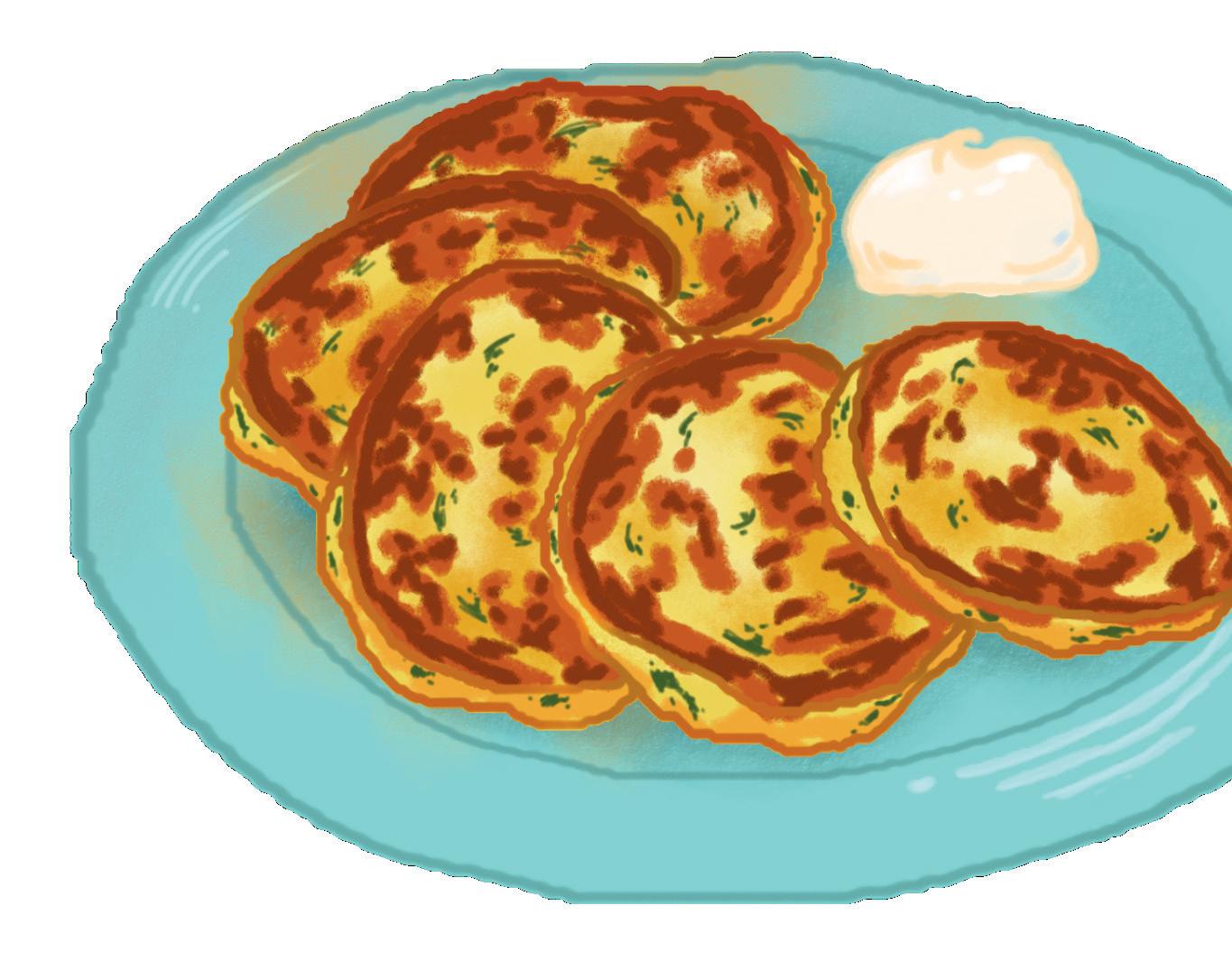
When I came back home to Southern California, I wanted to re-create those experiences for my family. While the local Trader Joe’s has a pretty good variety of foods from around the world (like a surprisingly good kimbap), I thought, “What’s stopping me from cooking this way at home, recalling the places I’ve traveled?” To keep myself from sliding back into the familiar groove of spaghetti (and to better nourish my body) I’d been cultivating a broader range of recipes. It started with a Chilean cookbook in honor of my mother’s lineage, then a Turkish one for my paternal heritage; soon


enough I was just like my mother and grandmother, collecting recipes from magazines, earmarked to try soon, and printing off ones I found online and sending photos to friends to brag about a new one I tried. It helped to have an eager, hungry family to feed too.
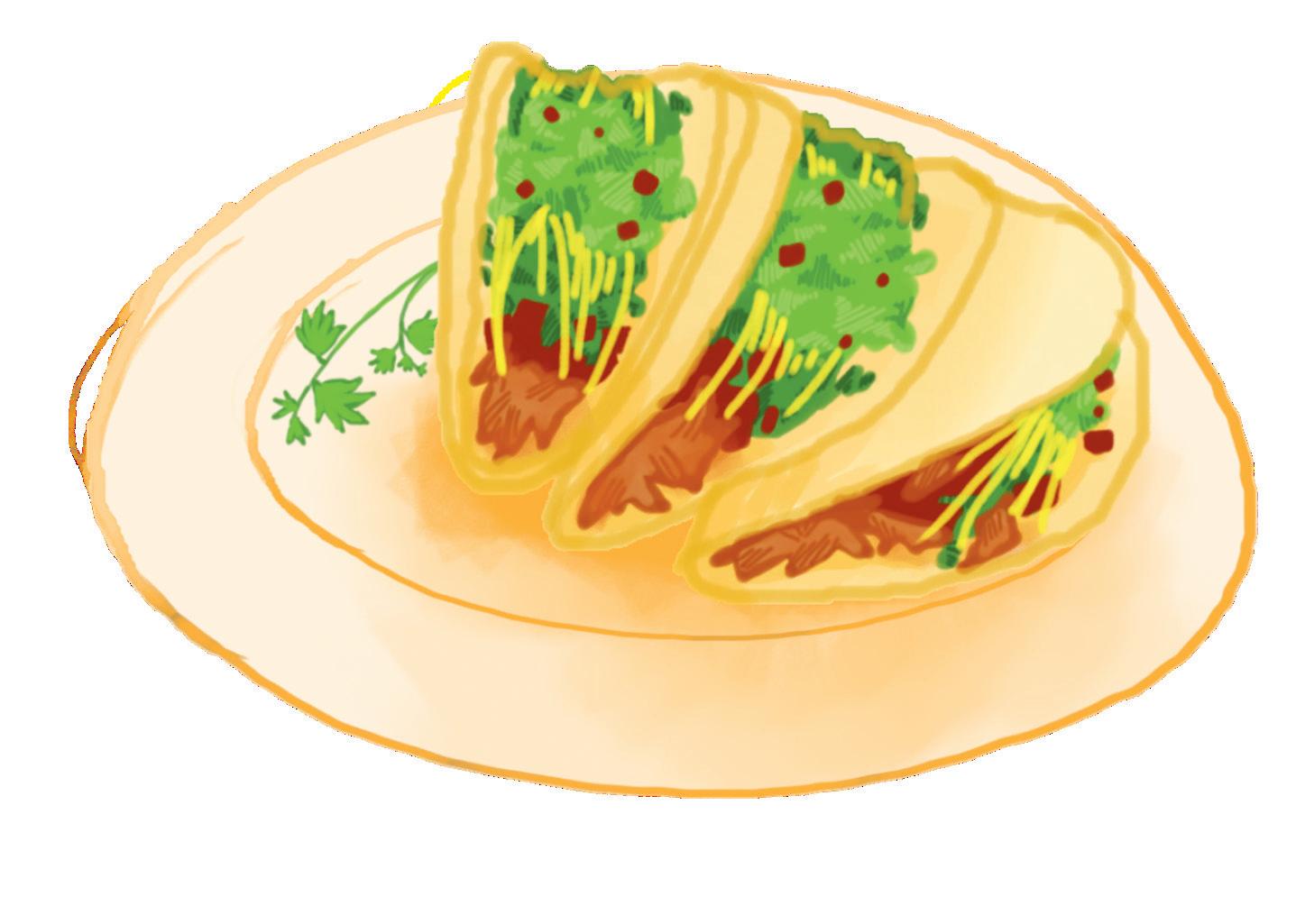
Adding to the sensory experience, I put on themed music when we ate. Why not have it go with the dish I was serving? A taco Tuesday paired well with classical Mexican guitar while an Indian curry dinner went with the relaxing sitar playlist—a beautiful benefit of streaming services that technology allows. Japan’s artistically styled plates of sushi and onigiri were challenging to replicate but tasted as good as I remembered, enlivened by the sounds of bamboo flutes playing. And for Korean night—though perhaps not the most relaxing dinner music—I could only think of one strong pairing: K-pop, Korean pop music that makes almost anyone want to get up and shake it.
One day I woke up craving Thailand’s tom kha gai soup, with its coconut milk and lemongrass base. I went to the store just for fresh lemongrass only to find they just carried a paste. If I wanted the real deal, the cashier said, I’d have to drive down to a specialty market in Los Angeles. I settled for the pre-made concoction. Luckily, it tasted pretty much the same and my family lined up for seconds.
Closer to home were regional foods of the States. I made shrimp and grits in honor of the South, playing old-school blues like BB King. In homage to my time in New York, there were hot dogs with sauerkraut and a side of Sinatra. Montreal’s known for poutine (fries topped with cheese curds and gravy) so I honored Canadian songstress Celine Dion. I even looked up a copycat recipe from a bakery in Australia (though I’m sure that’s not what they’re known for; I just haven’t been to the land down under yet) and played some indigenous didgeridoo (after a hearty AC/DC session).
When I lived in Las Vegas, I continued to meet people from all over. About once a month, we had dinner parties where we brought a dish to share. Kerri from South Africa brought biltong (beef jerky) with her braai classic aartappelgebak (potato bake), Astrid from Italy made her classic pesto (and swears that real Italians salt their boiling water after the pasta is in), Nico from Greece made moussaka, Ana from Portugal brought pastel de nata (egg custard tart), Dani from Guatemala made chicken pepián, Mouaad from Morocco carried tagine, Jess from New Zealand baked pavlova
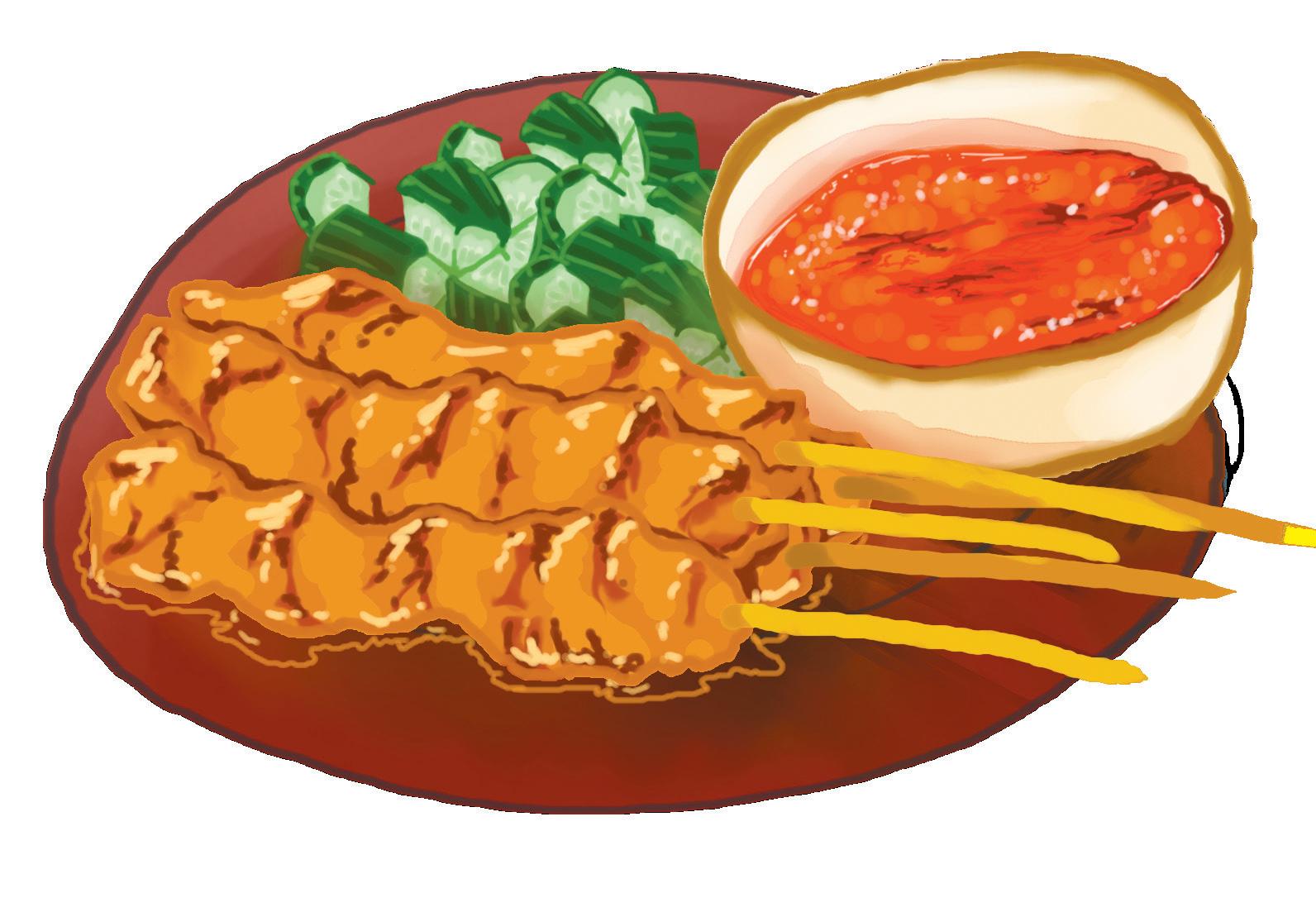
(a meringue-like crunchy yet chewy dessert), and Diane from Key West brought the key lime pie.
During one dinner party, it was getting quiet, the night almost over. Soon it would be the next person’s turn. Mine.
“What’s California known for?” my friend asked me.
“Oh… hmmm.” I thought for a minute about this. It seemed like we had such a wealth of restaurants and cultures. Luckiest of all, so much fresh produce year-round, much of it grown by hardworking farmers on the Oxnard Plain. “Salads?”
Everyone laughed and started to debate what else it might be—burritos or lobster or a pricey juice cleanse that a celeb was promoting.
Out of all the recipes and flavors, I decided to make a salad like the ones my mom is known for: full of organic freckled lettuce, bell peppers, toasted pine nuts, goat cheese, beets, sprouts, avocado and pretty much any vegetable in season.
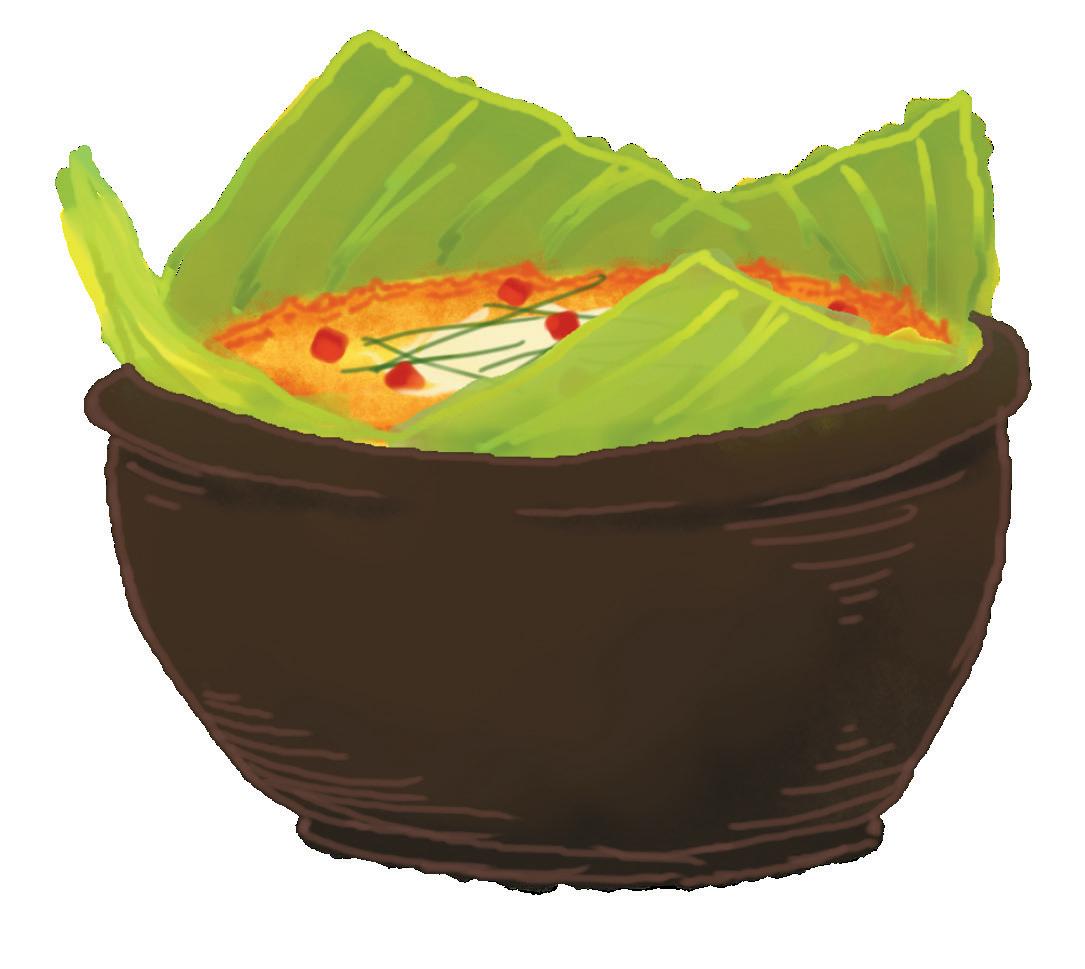
That sparked the idea to compile these recipes from around the world into a family cookbook. It includes places my mother traveled to back in her youth as well as the places I’ve visited. In it, we have recipes from all over the world: the rice pudding of Costa Rica, the dal baht of Nepal, the ugali bread of Kenya, beet-based borscht soup from Russia, saffron-rice-based paella from Spain, corn and cheese arepas from Venezuela, Cuban ropa vieja (stewed beef), misir wat (red lentils) from Ethiopia, Cambodian amok (coconut fish curry), hot phở from Vietnam and—from more recent time in Alaska—anything freshly caught from the sea.
The culmination of all of these cultures, textures and tastes helps me feel grateful for the opportunities I’ve had and to be able to bring back pieces of these experiences to my family and friends who aren’t able to travel far. Through photos, music and food, I can replicate some of that, bringing them a bit of my travels with every forkful. I didn’t want to wait until my international friends eventually passed away to honor their memories, cultures and stories; I want to celebrate them today, to find joy in each day.
There are still countries I want to visit and I hope I’ll get to try one of everything and bring back a recipe from my favorite, attempting to replicate it with the people I love. Maybe I’ll even find some hy brid experimental version of mac-n-cheese… for sophisticated grownups. Now if only I could figure out what kind of mu sic goes best with that.

Christina Berke is a writer and educator from the Conejo Valley. She’s currently working on a novel. Visit ChristinaBerke.com to learn more.
Adding to the sensory experience, I put on themed music when we ate. I made shrimp and grits in honor of the South, playing oldschool blues like BB King. In homage to my time in New York, there were hot dogs with sauerkraut and a side of Sinatra.

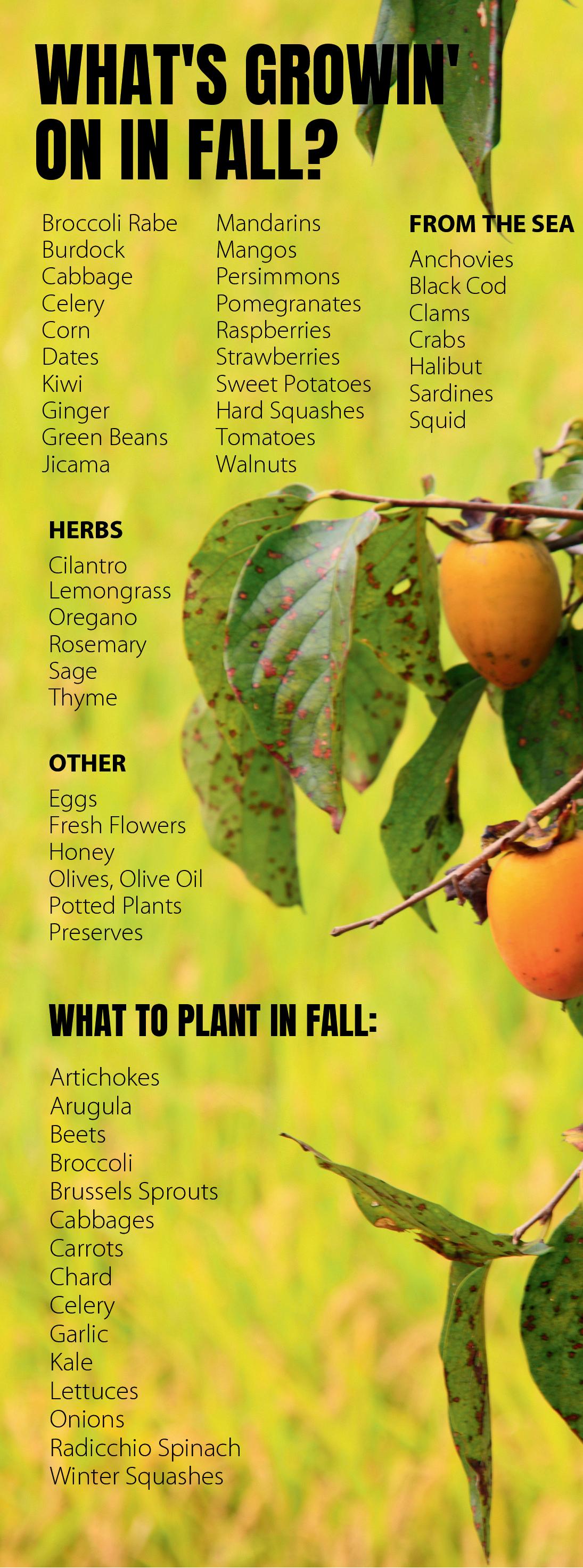
Persimmons are a fruit that grows well in Southern California, perfect for adding color to holiday platters as they tend to ripen in November and December.
CHARACTERISTICS OF TWO MAIN TYPES
HACHIYA
Heart shaped
Very tannic
Best eaten when fruit is soft and fully ripe (think water balloon feeling)
Often eaten dried
Good in baked treats
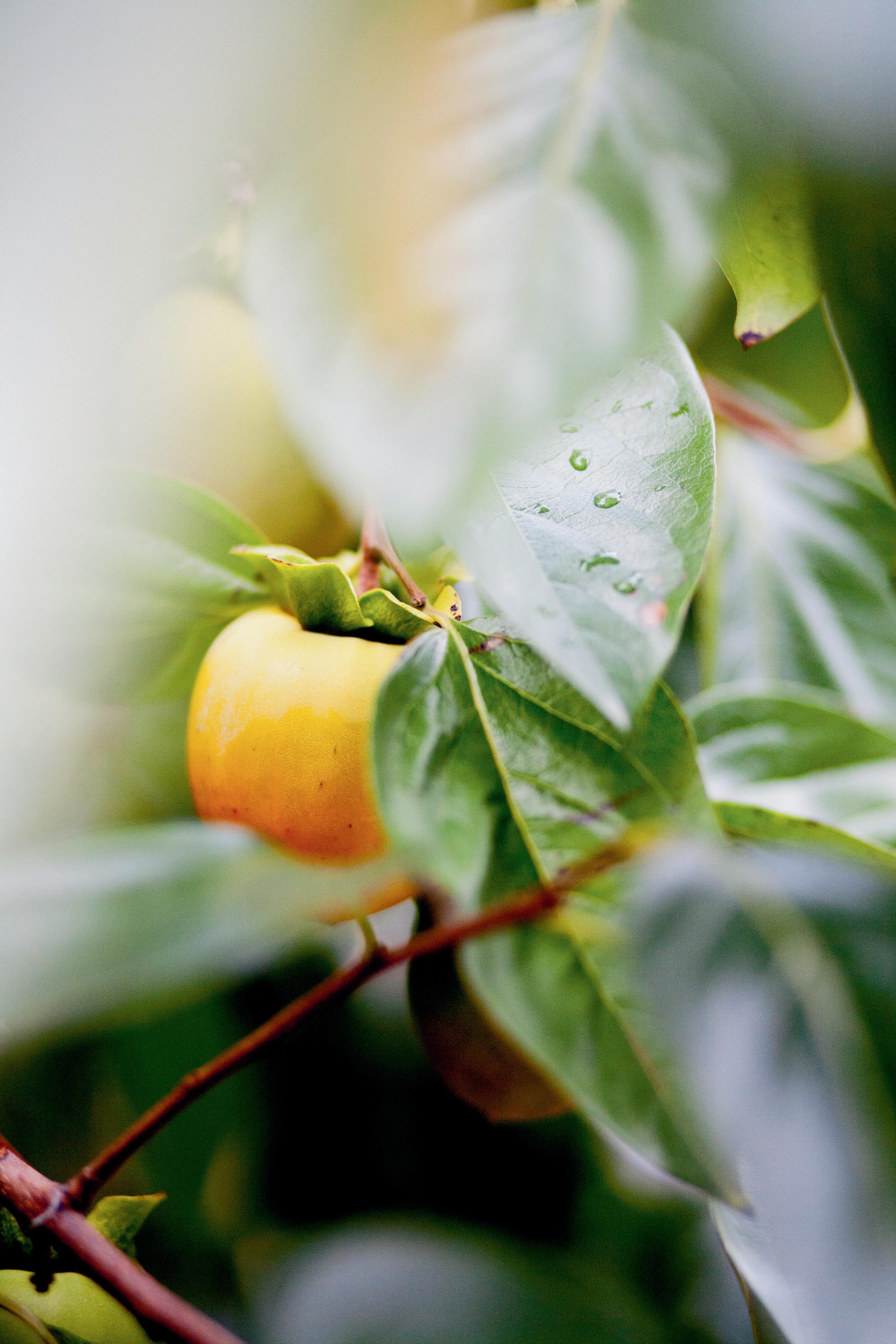
FUYU
Flat bottoms
Looks like small tomato
Can be eaten like an apple
Best eaten firm
Pairs well with nut butters, salty cheeses and balsamic
TIPS ON HOW TO ENJOY FUYU PERSIMMONS
1. Chopped and tossed in salads—add to any greens along with crumbled cheese and a balsamic dressing
Sliced and served with almond butter or sunflower seed butter, either using the fruit as a dipper or layered on top of toast or graham crackers
2. Chopped on top of oatmeal or a yogurt parfait for breakfast 3. Roasted in slices or halves for an incredibly sweet fruit dessert
Sliced thin and dehydrated for snacking or décor
Blended into a smoothie
TUESDAY
1 Glendale Gateway Certified Farmers’ Market
Tuesday 10am–2pm 801 N. Brand Blvd., Glendale SupportingArms.org/events.html
2 Hidden Hills Farmers’ Market (Exclusive Community Market) Tuesday 2–6pm @ccfminc
3 Sherman Oaks Farmers’ Market Tuesday 2–6pm 14006 Riverside Dr., Sherman Oaks RawInspiration.org
4 CSUN Farmers’ Market
Tuesday 10am–2pm 18111 Nordhoff, Northridge RawInspiration.org
5 Pasadena Certified Farmers’ Market
Tuesday 8am–noon Villa Parke Center, 363 E. Villa St., Pasadena PasadenaFarmersMarket.org
WEDNESDAY
6 Canyon Country Farmers’ Market
Wednesday 4–8pm 18410 Sierra Hwy., Santa Clarita CanyonCountryFarmersMarket.com
7 Heart of the Canyons Farmers’ Market Wednesdays 4–8pm (closed Nov.-Mar.)
9666 Foothill Blvd., Sunland @hotcfarmersmarket
8 The Oaks Farmers’ Market (Exclusive Community Market)
Wednesday 2–7pm 25464 Prado De Las Flores, Calabasas @ccfminc
9 Northridge Farmers’ Market & Family Festival Wednesday 5–9pm, (closed Nov.-Mar.) Northridge Fashion Center Mall 9301 Tampa Ave., Northridge CoastalPacificMarkets.com
10 Panorama City Kaiser Farmers’ Market Wednesday 9am–1:30pm Kaiser Medical Center, 13652 Cantara St., Panorama City 310-383-3708
11 Warner Center Farmers’ Market
Wednesday 10am–2pm 5820 Canoga Ave., Woodland Hills


THURSDAY
12 South Pasadena Farmers’ Market Thursday 4–8pm 920 Meridian Ave., South Pasadena SouthPasadenaFarmersMarket.org
13 Woodland Hills Kaiser Farmers’ Market Thursday 9am–2pm In Kaiser Medical Center 5601 De Soto Ave., Woodland Hills 310-383-3708
FRIDAY
14 Altadena Neighborhood Farmers Market Friday 4–8pm 578 W. Palm St., Altadena @ccfminc
15 Granada Hills Farmers’ Market Friday 6–9pm Chatsworth St. at Yarmouth Ave., Granada Hills Email@granadachamber.com
16 Monrovia Street Fair & Farmers’ Market Friday 5–9pm
700 S. Myrtle Ave., Monrovia MonroviaStreetFairMarket.com
17 Olive View Medical Center Certified Farmers’ Market Friday 9am–2pm 14445 Olive View Dr., Sylmar SupportingArms.org/events.html
18 Reseda Farmers’ Market Friday 4–8pm 8500 Reseda Blvd., Reseda @ccfminc
19 Topanga Farmers’ Market Friday 9am–1pm 1440 N. Topanga Canyon Blvd., Topanga TopangaFarmersMarket.com







This list was updated October 2024 but as details do change, please contact the markets for the latest information. If you know of another farmers’ market that is not listed, please let us know at info@ediblesfvalley.com.


















20 Agoura Hills Farmers’ Market at Whizin Market Square
Saturday 10am–3pm 28914 Roadside Dr., Agoura Hills RawInspiration.org
21 Burbank Farmers’ Market
Saturday 8am–noon 101 N. Glenoaks Blvd., Burbank BurbankFarmersMarket.org
22 El Nido Farmers Market
Saturday 9am–2pm Pacoima Family Source Center 11243 Glenoaks Blvd., Pacoima mkaplan@elnidofamilycenters.org
23 Main Street Canoga Park Farmers’ Market
Saturday 9am–1:30pm 7248 Owensmouth Ave., Canoga Park CoastalPacificMarkets.com
24 La Cañada Flintridge Farmers’ Market
Saturday 9am–1pm 1346 Foothill Blvd., La Cañada Flintridge RawInspiration.org
25 NoHo Farmers’ Market
Saturday 9:30am–2:30pm 5000 Colfax, North Hollywood FarmersMarketNorthHollywood.com


26 Old Town Calabasas Farmers’ Market
Saturday 8am–1pm 23504 Calabasas Rd., Calabasas CCFM.com
27 Old Town Newhall Farmers’ Market
Saturday 8:30am–1pm
24500 Main St., Santa Clarita NewhallFarmersMarket.com
28 Pasadena Victory Park Farmers’ Market
Saturday 8am–12:30pm 2925 E. Sierra Madre Blvd., Pasadena PasadenaFarmersMarket.org
29 Woodland Hills Farmers’ Market
Saturday 8am–1pm 5650 Shoup Ave., Woodland Hills 818-300-3023
SUNDAY
30 Atwater Village Farmers’ Market Saturday 9am–2pm 3528 Larga Ave., Atwater Village SeeLA.org/markets-atwater-village
31 Encino Farmers’ Market Sunday 8am–1pm 17400 Victory Blvd., Van Nuys Sepulveda Basin OneGeneration.org/farmers-market
32 Glendale Artsakh Farmers’ Market Glendale Central Library Park Sunday 10am–3pm 222 E. Harvard St., Glendale @glendaleartsakhfarmersmarket
33 LA Valley College, Good Times Farmers’ Market Sunday 9am–1pm 5800 Fulton Ave. Parking Lot A, Valley Glen @goodtimes_farmersmarket
34 Montrose Farmers’ Market Sunday 8am–1pm 2300-2314 Honolulu Ave., Glendale ShopMontrose.com/harvest-market-andmarketplace
35 Porter Ranch Farmers’ Market Sunday 9am–2pm In the Kaiser Permanente Lot 20000 Rinaldi St., Porter Ranch @ccfminc
36 Santa Clarita Certified Farmers’ Market Sunday 8am–noon College of the Canyons Parking Lot 5 Valencia Blvd. & Rockwell Canyon Rd. Santa Clarita Vccfm.org












37 Studio City Farmers’ Market
Sunday 8am–1pm
Ventura Pl., Studio City StudioCityFarmersMarket.com
38 Toluca Lake Farmers’ Market
Sunday 9:30am–2:30pm
Wells Fargo Lot
10225 Riverside Dr., North Hollywood TolucaLakeFarmersMarket.org
39 Westlake Village Farmers’ Market
Sunday 10am–2pm 2797 Agoura Rd., Westlake Village Rawinspiration.org
CSAs, Farm Stands & Special Markets
40 Forneris Farms (closed Jan. and Feb.) 15200 Rinaldi St., Mission Hills FornerisFarms.com
41 Sanchez Produce 16230 Sierra Hwy., Santa Clarita @Sanchezproduce Cash only
42 Tapia Bros. Farm Stand (closed Jan. and Feb.)
5251 Havenhurst Ave., Encino @tapiabrosfarm
South Central Farmers CSA
Various pickup and delivery options SCFCoop.SouthCentralFarmers.com
Good Box Organics Various pickup and delivery options GoodBoxOrganics.com



Down:




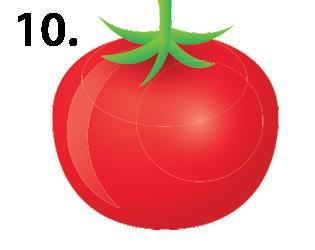
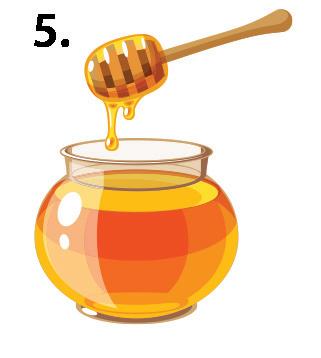



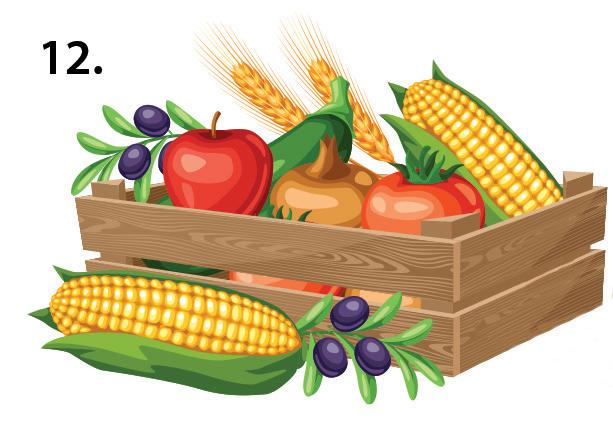
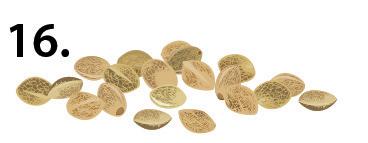
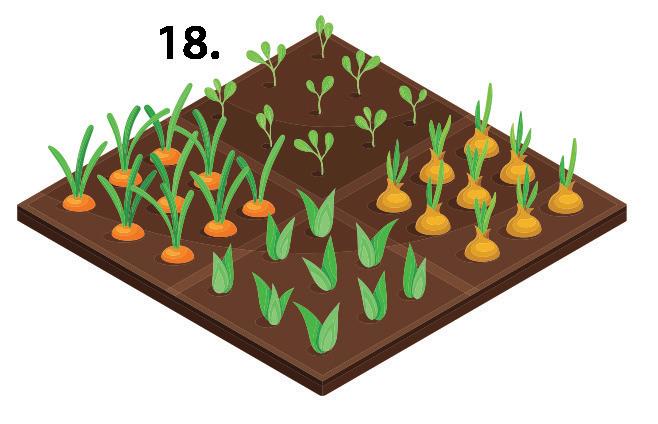
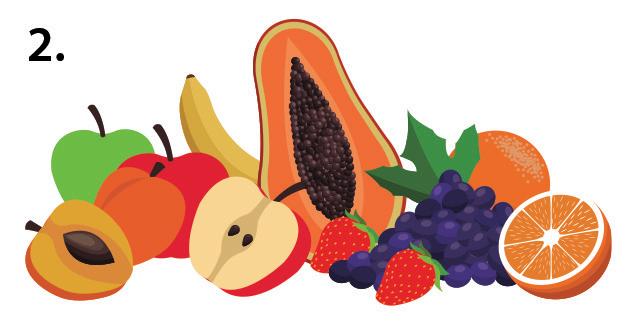






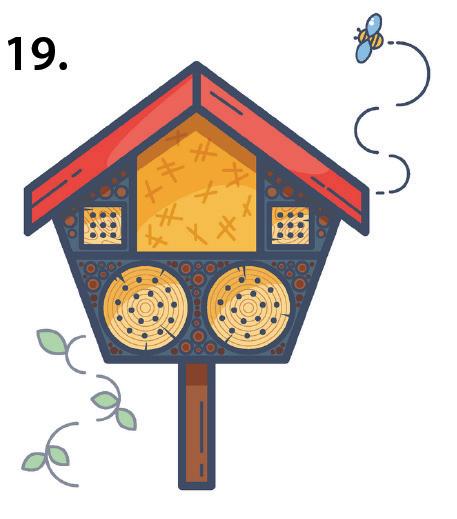
In this farm-focused crossword puzzle, the clues are pictures instead of words. Once you figure out what the picture contains, write the word of the object
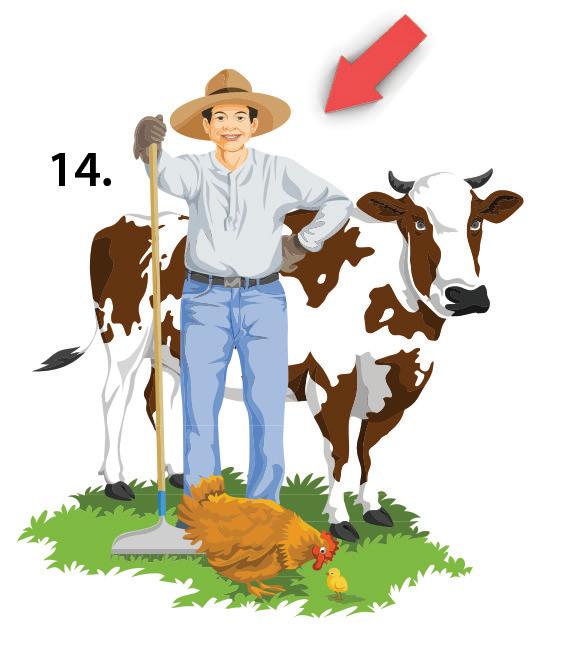



We get it
As a local small business, we understand the struggles that come with owning a business with a mission to serve our community. We are “all in” to support our partners.

We live it
We also represent our readers. We live here; we shop here; we drive, hike and garden here. We want our community to thrive! And we want to support businesses that want the same things.
We care
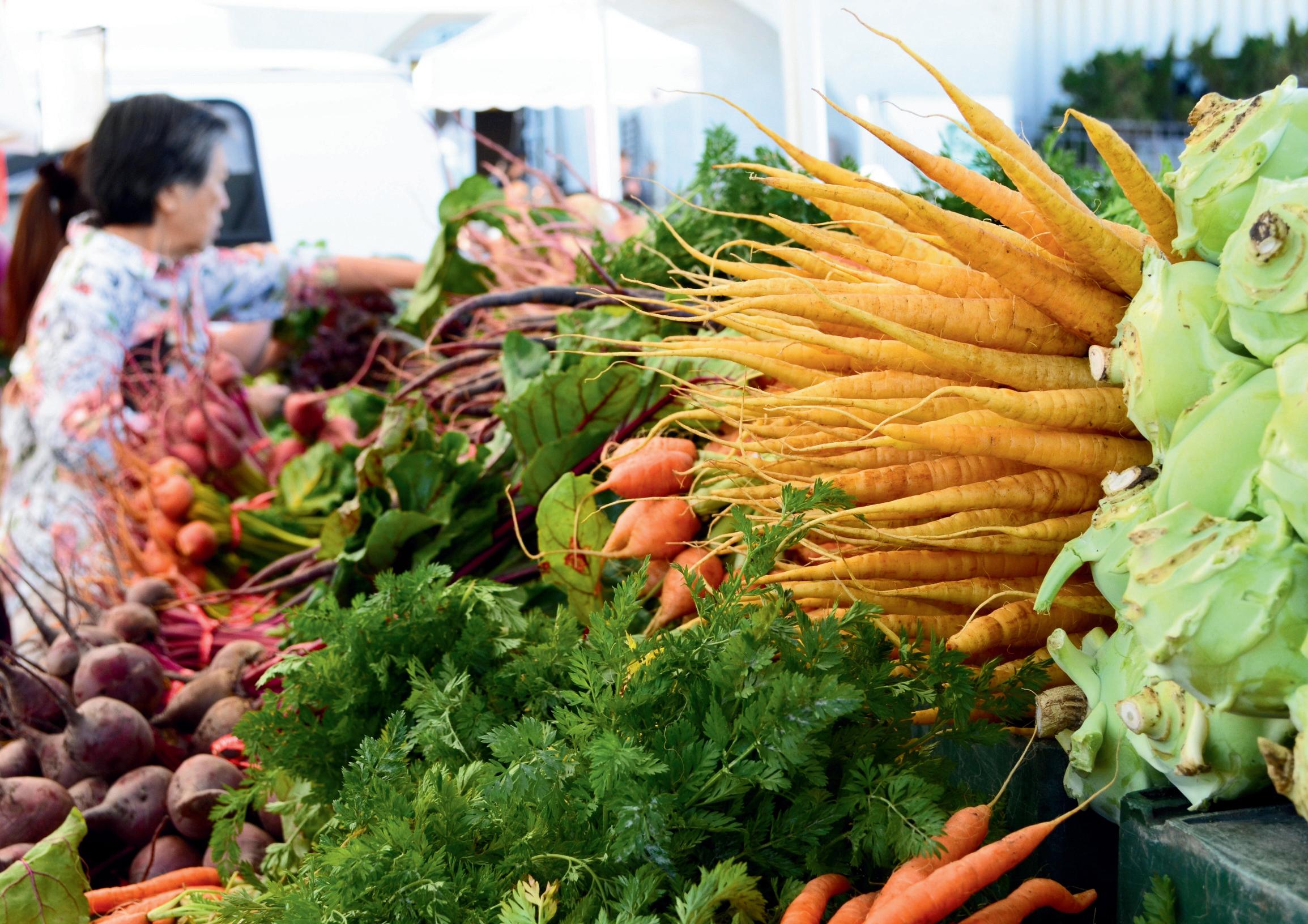

Because we care about our community, we also care about the planet and protecting it for our future. Our business practices embody this care, including the paper and ink we use in the magazine and how we recycle and reuse our supplies.

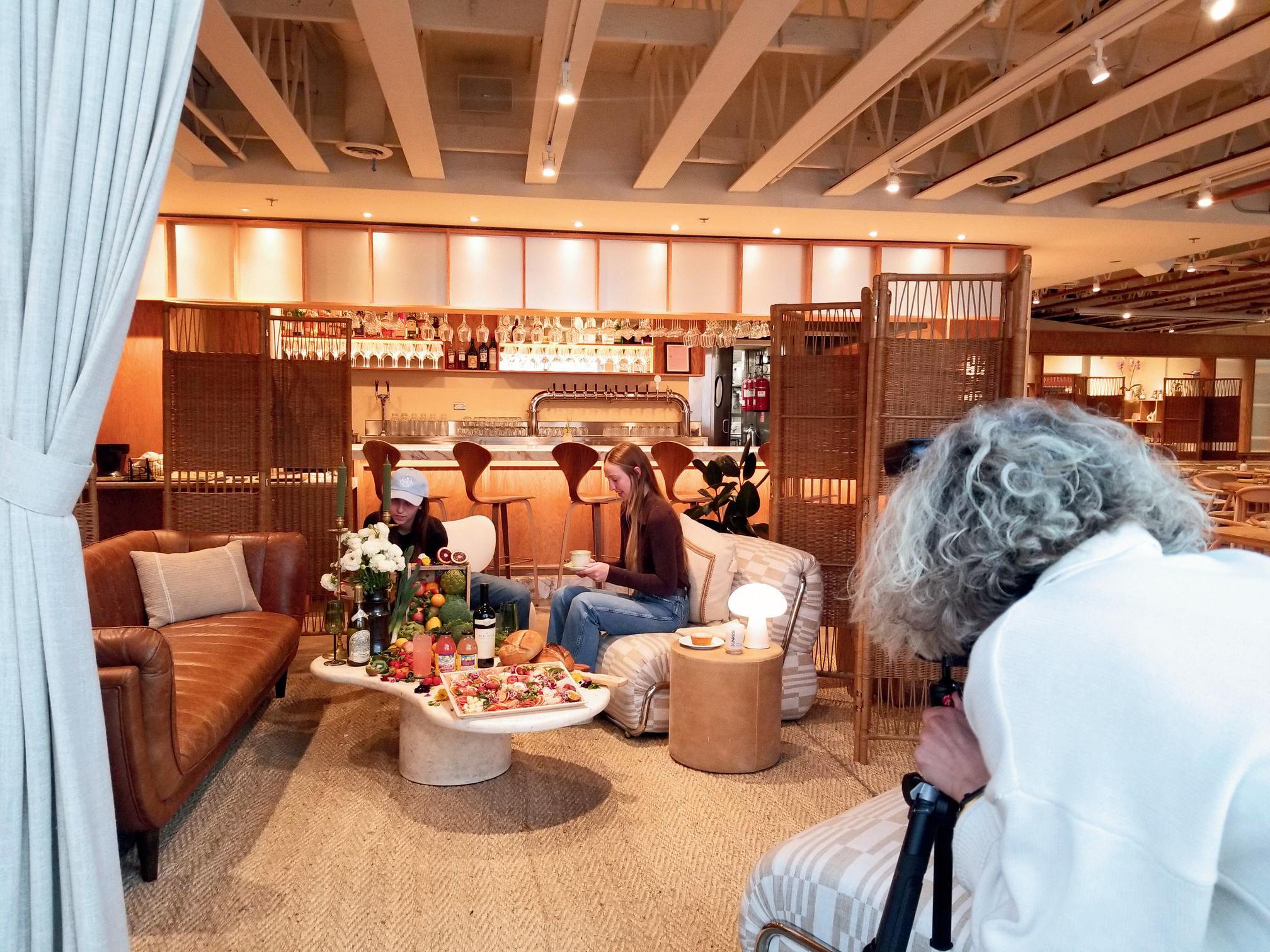
We are an advertiser supported publication. In order to tell the amazing stories we tell, we need quality partnerships with local businesses like you.




